The Scope and Purpose of a Home Inspection
Purchasing property involves risk
The purpose of a home inspection is to help reduce the risk associated with the purchase of a structure by providing a professional opinion about the overall condition of the structure. A home inspection is a limited visual inspection and it cannot eliminate this risk. Some homes present more risks than others. We cannot control this, but we try to help educate you about what we don’t know during the inspection process. This is more difficult to convey in a report and one of many reasons why we recommend that you attend the inspection.
A home inspection is not an insurance policy
This report does not substitute for or serve as a warranty or guarantee of any kind. Home warranties can be purchased separately from insuring firms that provide this service.
A home inspection is visual and not destructive
The descriptions and observations in this report are based on a visual inspection of the structure. We inspect the aspects of the structure that can be viewed without dismantling, damaging or disfiguring the structure and without moving furniture and interior furnishings. Areas that are concealed, hidden or inaccessible to view are not covered by this inspection. Some systems cannot be tested during this inspection as testing risks damaging the building. For example, overflow drains on bathtubs are generally not tested because if they were found to be leaking they could damage the finishes below. Our procedures involve non-invasive investigation and non-destructive testing which will limit the scope of the inspection.
This is not an inspection for code compliance
This inspection and report are not intended for city / local code compliance. During the construction process structures are inspected for code compliance by municipal inspectors. Framing is open at this time and conditions can be fully viewed. Framing is not open during inspections of finished homes, and this limits the inspection. All houses fall out of code compliance shortly after they are built, as the codes continually change. National codes are augmented at least every three years for all of the varying disciplines. Municipalities can choose to adopt and phase in sections of the codes on their own timetables. There are generally no requirements to bring older homes into compliance unless substantial renovation is being done.
This is just our opinion
Construction techniques and standards vary. There is no one way to build a house or install a system in a house. The observations in this report are the opinions of the home inspector. Other inspectors and contractors are likely to have some differing opinions. You are welcome to seek opinions from other professionals.
The scope of this inspection
This inspection will include the following systems: exterior, roof, structure, drainage, foundation, attic, interior, plumbing, electrical and heating. The evaluation will be based on limited observations that are primarily visual and non-invasive. This inspection and report are not intended to be technically exhaustive.
Your expectations
The overall goal of a home inspection is to help ensure that your expectations are appropriate with the house you are proposing to buy. To this end we assist with discovery by showing and documenting observations during the home inspection. This should not be mistaken for a technically exhaustive inspection designed to uncover every defect with a building. Such inspections are available but they are generally cost-prohibitive to most homebuyers.
Your participation is requested
Your presence is requested during this inspection. A written report will not substitute for all the possible information that can be conveyed verbally by a shared visual observation of the conditions of the property.
How to Read This Report
Getting the Information to You
This report is designed to deliver important and technical information in a way that is easy for anyone to access and understand. If you are in a hurry, you can take a quick look at our "Summary Page” and quickly get critical information for important decision making. However, we strongly recommend that you take the time to read the full Report, which includes digital photographs, captions, diagrams, descriptions, videos and hot links to additional information.
The best way to get the layers of information that are presented in this report is to read your report online, which will allow you to expand your learning about your house. You will notice some words or series of words highlighted in blue and underlined – clicking on these will provide you with a link to additional information.
This report can also be printed on paper or to a PDF document.
Chapters and Sections
This report is divided into chapters that parcel the home into logical inspection components. Each chapter is broken into sections that relate to a specific system or component of the home. You can navigate between chapters with the click of a button on the left side margin.
Most sections will contain some descriptive information done in black font. Observation narrative, done in colored boxes, will be included if a system or component is found to be significantly deficient in some way or if we wish to provide helpful additional information about the system or the scope of our inspection. If a system or component of the home was deemed to be in satisfactory or serviceable condition, there may be no narrative observation comments in that section and it may simply say “tested,” or “inspected.”
Observation Labels
All narrative observations are colored, numbered and labeled to help you find, refer to, and understand the severity of the observation. Observation colors and labels used in this report are:
- Repair:Repair and maintenance items noted during inspection. Please note that some repair items can be expensive to correct such as re-finishing hardwood floors, but are considered simply repair items due to their cosmetic nature.
- Recommended Maintenance:These are repair items that should be considered "routine home ownership items," such as servicing the furnace, cleaning the gutters or changing the air filters in the furnace.
- Improve:Observations that are not necessarily defects, but which could be improved for safety, efficiency, or reliability reasons.
- Monitor:Items that should be watched to see if correction may be needed in the future.
- Due Diligence:Observation such as a buried oil tank that may require further investigation to determine the severity and / or urgency of repair.
- Completed:Items that were initially an issue but have since been completed.
- Note:Refers to aside information and /or any comments elaborating on descriptions of systems in the home or limitations to the home inspection.
- Description:Detailed description of various aspects of the property noted during the inspection.
Summary Page
The Summary Page is designed as a bulleted overview of all the observations noted during inspection. This helpful overview is not a substitution for reading the entire inspection report. The entire report must be read to get a complete understanding of this inspection report as the Summary Page does not include photographs or photo captions.
Summary
Repairs
- G-1 Garage:
Garage door between garage and house doesn't operate correctly and fails to close and latch. Recommend repair by a qualified contractor.
- ES1-1 Electric Service:
The dead front cover is missing many of the screws needed to adequately secure the cover. Install missing screws as needed for improved safety and please note that screws with sharp ends are not recommended.
- ES1-2 Electric Service:
Openings were noted in the dead front cover to the electric panel. This is unsafe as it does not adequately protect the energized area of the electric panel. Cover all open knock-outs with listed covers.
- EDFW-1 Electric Distribution and Finish Wiring:
The missing cover plates to electric receptacles, switches and junction boxes should be installed to cover all access to wiring at switches and receptacles. Where switches, receptacles or junction boxes are positioned below wall or ceiling or cabinet finishes, an extension ring may be needed.
- HCFV-2 Heating, Cooling, Fireplaces and Ventilation:
This building has no provisions for mechanical ventilation - I did not find a 24 hour timer for a fan anywhere - perhaps I missed one? Installing a bath or laundry fan on a 24 hour timer is recommended to ensure mechanical air changes. This can help keep relative humidity in check. As a general rule, keep relative humidity below 50% in cold weather to reduce chances for condensation. You can monitor relative humidity with inexpensive temperature and relative humidity gauges - I use one made by Acurite. For a nice fan system I recommend looking at Panasonic Whisper Green fans - these do not rely on a timer and run continuously to facilitate air changes. http://www.panasonic.com/business/building-products/ventilation-systems/products/whisper-green.asp
- P2-3 Plumbing:
Install listed seismic straps to restrain the water heater in the event of an earthquake; none were noted during inspection. Two straps should be located on the water heater: one on upper 1/3rd of tank and one at the lower 1/3rd.
- AP-2 Additional Plumbing:
The cover to the sewage ejector pump is loose and needs to be secured for sanitary reasons; this is important to prevent sewer gas from entering the building. I recommend hiring a qualified plumber to service this pump system and verify proper seal of the cover. Please note that sewage ejector systems are needed when plumbing fixtures in the building are below the level of the sewer line and sewage must be lifted out of the building. They are fairly common in basement bathrooms and laundry facilities.
- I-1 Interior:
Handrails installed on walls should have a minimum clearance of 1.5 inches between the handrail and the wall. This handrail is too close to the wall and could inhibit safe use of this rail. Have this repaired as recommended by a qualified contractor.
- I-2 Interior:
Window in kitchen doesn't close and latch properly. Recommend repair by a qualified window contractor.
- MB1-1 Main Bathroom:
The bathtub drain is slow and appears to be obstructed. Repair as needed for reliable drainage.
- SB-1 Structure and Basement:
The basement bedroom has no provision for escape and rescue. This is typically provided through an approved escape and rescue opening: a window or door and the window must meet some basic minimum size requirements that can have variation and exceptions but are basically: no more than 44-inches off the ground and with at least 5.7 sq/ft opening and at least 20-inches wide.
Recommended Maintenance Items
- G1-1 Grounds:
Pruning trees, branches and vegetation away from the house is recommended. Where trees, branches and large shrubs can provide rodent access to the roof, a minimum 6-foot clearance is recommended as many rodents can jump 6-feet. All vegetation, including smaller landscaping such as grasses, flowers and shrubs should be kept 1-foot off the house to eliminate contact which could trap moisture against the building.
- ESDW-1 Exterior Siding, Doors and Windows:
Localized caulking and painting repairs are needed to the exterior of the house. This is common recommended maintenance between complete exterior paint jobs to ensure that the more exposed areas continue to preform reliably. Implement painting and/or caulking repairs as recommended by a qualified contractor. Examples of specific observations noted during inspection include:
Improves
- DPB-1 Decks, Porches and Balconies:
The openings for the deck guardrail are larger than modern standard of 4-inches. Caution should be used, especially around small children as they can often fit their head between this space of railing. Improving to modern standard is recommended.
- HCFV-3 Heating, Cooling, Fireplaces and Ventilation:
This gas log fireplace does not have a fan system installed. This is pretty normal, but if you wish to install a fan this will need to be added.
- P2-4 Plumbing:
An expansion tank is recommended for the water heater; these are required if the house has a closed plumbing system. Because this house is on a well, an expansion tank may not be required, but they can add a redundancy of protection against thermal expansion. Expansion tanks help reduce pressure on the plumbing system by creating a buffer or a place for water to expand into as thermal expansion causes water to swell. Installation of expansion or pressure tanks is modern installation practice. Consult with a qualified plumber to install.
- PB-1 Powder Bathroom:
Basement powder room faucet lacks sufficient water pressure, recommend repair by a qualified plumber.
- A-2 Attic:
Attic hatch is not fire rated and is located in the garage,a fire rated attic hatch should be installed.
Monitors
- G-2 Garage:
Typical cracks were noted in the concrete garage slab. No control joints were used in the pour here so the concrete will crack. You can fill the cracks with a masonry rated caulking, but no repair is needed at this time; this is a cosmetic defect.
- HCFV-4 Heating, Cooling, Fireplaces and Ventilation:
A mantle has been installed above the gas fireplace. Direct vent gas fireplaces are designed principally for their aesthetic value, but they also produce as much heat output as possible, within ANSI and UL standards for combustible temperatures. The allowable standard for combustibles is 117°F above room temperature. Since the average room temperature is 70-75°F, a 187-192°F surface temperature can be expected. On a solid surface, such as a mantel, 150°F is very hot to the touch. Monitor this gas log during use and be sure combustible materials do not exceed this temperature standard. This installation may need to be replaced or reconfigured for improved safety.
- Note: Also note that each manufacturer may have different clearance requirements for mantles. We try and look this stuff up where feasible, but often specific installation requirements are not accessible and in general, verification of manufactories installation requirements is not possible as part of a visual and limited home inspection. If you have concerns the best is to consult with the installation instructions from the manufacturer. If these can be located will will always assist with looking this up.
Due Diligences
- P2-2 Plumbing:
Based on visible components, this property appears to have a private on-site septic system. These are specialty systems and are excluded from this inspection. Comments in this report related to this system are made as a courtesy only and are not meant to be a substitute for a full evaluation by a qualified specialist. Generally, septic tanks should be pumped and inspected every 3 years. Depending on the type of system and municipal regulations, inspection and maintenance may be required more frequently, often annually. I recommend:
- Investigating any information about this system's maintenance and repair history
- Reviewing any documentation available for this system
- Learning inspection and maintenance requirements for this system
- Hire a qualified specialist to evaluate, perform maintenance and make repairs as needed
- AP-1 Additional Plumbing:
A sump pump system was noted for this building. Inquire with the seller for more information about this pump system; is it needed to keep the building dry? Some sump pumps are installed as a prophylactic measure, other systems are critical for keeping a building dry. The importance of this system is impossible to determine during a one-time inspection. Sump pumps always require maintenance. If it is determined that the pump is critical to maintain a dry basement or crawl space, I recommend installing
- Back up power systems so the pump will work in a power outage
- Have a back-up pump and an alarm to alert the occupants in case of a pump failure.
- AP-3 Additional Plumbing:
Swimming pools are not within the scope of a residential home inspection and they are beyond the scope of this inspection. Still, there are general minimal rules that should be followed to provide safe conditions at these areas since these areas can be dangerous for children and adults.
Pools should be completely surrounded by fencing material at least 4 feet in height. A slatted fence should have gaps no wider that 4 inches so kids can’t squeeze through. The gap at the bottom should be less than 2 inches, unless over concrete where is should be less than 4 inches. Gates should be of the self-closing and self-latching type. The latch should be out of a child’s reach.
It is also recommended to install alarms. If the house serves as one of the walls of the pool enclosure, any door leading to the pool area should be protected with an alarm. In addition, consideration of an underwater pool alarm that sounds when something hits the water and is audible at the house interior is recommended. Pools covers may be permitted by some jurisdictions, but they don’t provide the passive protection that other alarm features may provide.
It is recommended that this pool and related equipment be inspected for operation and safety by a pool specialist.
Completed Items
- P2-1 Plumbing:
Water for this home appears to be supplied by a well system. Inspection of the well, water supply and water quality is beyond the scope of this inspection. I recommend hiring a well specialist to inspect and evaluate the well and well water. Well equipment: the pump and captive storage tank have limited service lives and often require updating on a 20-year schedule. There are other elements of a well system that should be evaluated as well, such as the well production, often tested in a draw down test, water quality and well depth.
Notes
- HCFV-1 Heating, Cooling, Fireplaces and Ventilation:
All registers were supplying sufficient heat to each room
- K-1 Kitchen:
No air gap noted for the dishwasher waste line but they did run a high loop. This is not done to WA state standards, but is generally satisfactory and many jurisdictions in the state allow for simply a "high loop" installation.
📃 The Complete Inspection Report
General Comments
Building Characteristics, Conditions and Limitations
Style of Home: Bungalow
Type of Building : Residential Single Family (1 story)
Approximate Square Footage: 1500
The approximate square footage listed here is listed as a courtesy and is based off of public records and disclosure. An evaluation of square footage of the buildings and property lines is beyond the scope of this inspection.
Approximate Year of Original Construction: 2002
Attending the Inspection: Buyer, Buyer's Agent
Occupancy: Occupied
Animals Present: No
Weather during the inspection: Partly cloudy
Approximate temperature during the inspection: Over 75[F]
Ground/Soil surface conditions: Dry
For the Purposes of This Report, the Front Door Faces: South
This home was occupied at the time of the inspection. Inspection of occupied homes presents some challenges as occupant belongings can obstruct visual inspection of and access to parts of the building. We do our best during inspection to work around belongings to discover as much as possible about the house without moving or damaging personal property, however, the presence of personal items does limit the inspection.
Grounds
Drainage and Site
Clearance to Grade: Standard
Downspout Discharge: Above grade
Site Description: Moderate slope
Driveways/Walkways/Flatwork
Driveway: Asphalt
Walkways: Pavers
Grounds, Trees and Vegetation
Pruning trees, branches and vegetation away from the house is recommended. Where trees, branches and large shrubs can provide rodent access to the roof, a minimum 6-foot clearance is recommended as many rodents can jump 6-feet. All vegetation, including smaller landscaping such as grasses, flowers and shrubs should be kept 1-foot off the house to eliminate contact which could trap moisture against the building.
Exterior Siding, Doors and Windows
Siding and Trim
Trim Material: Wood
Siding Material: Wood
Localized caulking and painting repairs are needed to the exterior of the house. This is common recommended maintenance between complete exterior paint jobs to ensure that the more exposed areas continue to preform reliably. Implement painting and/or caulking repairs as recommended by a qualified contractor. Examples of specific observations noted during inspection include:
Exterior Doors
Exterior Door Styles: Glass panel doors
Exterior Window Frames
Window Frames: Vinyl
Decks, Porches and Balconies
Wood Decks Porches and Balconies
Present
To see a prescriptive guide for residential wood deck construction click this link:
Structure: Ground contact treated lumber
Ledger Board: Not visible
Guardrail: Large Openings
Decking Material: Softwood
This house has cedar softwood decking installed. The recommended maintenance of this type of decking is annual cleaning and staining with transparent or semi-transparent deck stain. It is common to use decking paints when the decking is older and in the last phase of its useful life, however, painting is not recommended as this can trap moisture in the wood, facilitate wood decay and lead to higher maintenance costs when prepping peeling paint. Annual cleaning and sealing is important to prevent the deck from becoming slippery and unsafe, especially as pollen organic growth accumulate on the decking.
Posts, Beams and Footings: Not Fully Visible
Concrete Decks, Stoops, Landings and Porches
Concrete Structure: None noted
Water-Resistant Decks and Balconies
Water Proof Surfaces: None Noted
Garage
Garage General
Garage Type: Attached
Garage Doors and Automatic Openers
Overhead Garage Door Type: Vinyl
Automatic Garage Opener: Present
Garage Occupant Door: Fire Rated
Garage Floor
Garage Slab: Concrete
Typical cracks were noted in the concrete garage slab. No control joints were used in the pour here so the concrete will crack. You can fill the cracks with a masonry rated caulking, but no repair is needed at this time; this is a cosmetic defect.
Garage Stairs
Garage Stairs: Standard
Roof, Chimney and Gutters
Roof Materials
Method of Roof Inspection: Viewed at top of ladder
Roof Style: Hip
Flashings, Valleys and Penetrations: Present and Visually Standard
Roof flashings are used to keep a roofing system waterproof where the roofing material starts, stops, changes direction or is penetrated. During inspection, we look for standard flashing techniques that could be considered normal or standard in our region. Damaged, incomplete or non-standard flashings can be a sign of an older or less reliable roofing system and may require repair. Any non-standard flashings noted during inspection will be reported on below if found.
Roof Covering Materials: Architectural grade composition shingle
Approximate Age of Roof Covering: 10-12 Years
Overlay Roof: No
Chimneys
None noted
Skylights
Insulated curb style
Gutters and Downspouts
Gutter and Downspout Materials: Aluminum
Fuel Storage and Distribution
Oil Storage
None noted
Propane Storage
None noted
Gas Meter
Present
Gas Shutoff Location: East side of structure
Gas Pipe Materials: Steel and flex pipe
Electric Service
Electric Service Voltage Tested
Service Voltage: 120/240
Electric Service
Service Entrance: Below Ground
Meter Base Amperage: 200
Electric Service Equipment
Service Entrance (SE) conductor Size: Aluminum, 4/0, 200 amps
Main Panel Amperage: 200 amps
Electric Service Amperage: 200 amps
Main Electric Panel Location: Garage
Panel Manufacturer: Siemens
The dead front cover is missing many of the screws needed to adequately secure the cover. Install missing screws as needed for improved safety and please note that screws with sharp ends are not recommended.
Openings were noted in the dead front cover to the electric panel. This is unsafe as it does not adequately protect the energized area of the electric panel. Cover all open knock-outs with listed covers.
Electric Distribution and Finish Wiring
Branch Wiring
Wire Material: Copper
Wiring Method: Non-metallic sheathed cable
Receptacles and Fixtures
Inspection Method: Representative Testing
A representative number of receptacles and switches were tested during inspection. Any defects found during inspection are noted in this report. Only visible and accessible receptacles and switches were tested during inspection and personal items and furnishings are not moved to access any receptacles or fixtures.
Electric Receptacles: Three wire receptacles
The missing cover plates to electric receptacles, switches and junction boxes should be installed to cover all access to wiring at switches and receptacles. Where switches, receptacles or junction boxes are positioned below wall or ceiling or cabinet finishes, an extension ring may be needed.
Ceiling Fans
Ceiling Fans: Present and Tested
The ceiling fans were tested and operating during inspection.
Smoke and Carbon Monoxide Alarm Systems
CO Alarms Noted: On Main Floor
On Main Floor
Smoke Alarms Noted: On Main Floor
On Main Floor In Basement
In Basement
Smoke Alarms: Present
During the home inspection, I try and test a representative sample of the smoke alarms by using the test button on the alarms. This is NOT an accurate test of the sensor just a test to see if the unit is powered. For reliability, fire marshals recommended updating smoke alarms every 10 years and changing batteries bi-annually. The latest data indicate that we should be using photoelectric technology in our smoke alarms for improved fire detection and to reduce problems with false alarms which can lead to disabling of this important safety system. Unfortunately, the alarms have to be removed to determine if they are photo-electric or ionization types. It is surprisingly complex to accurately test a smoke alarm system and determine the reliability, age, and type of sensor technology used, especially as many homes can have half a dozen or more alarms throughout the house. A complete evaluation of smoke alarms is beyond the scope of this inspection. For optimal fire safety, I recommend taking control of these important safety devices and learning about how to service and maintain your smoke alarm system to keep the building occupants safe. For more information, please read this link. For more information, please read this link.
Heating, Cooling, Fireplaces and Ventilation
Heating System
Energy Source: Natural gas
Heating Method: Gas forced air furnace
This house has a gas forced air furnace. A critical component to all combustion heating equipment is the heat exchanger. This is the welded metal assembly inside the furnace that contains the products of combustion so that moisture, carbon monoxide and other products of combustion do not mix with interior air and get safely vented to the exterior. Heat exchangers on modern furnaces have an average life expectancy of 15-20 years. Unfortunately, heat exchangers are concealed inside the heating equipment; they are not visible and specifically excluded from a home inspection. Cracks in heat exchangers may be concealed and can pose a potential safety hazard.
Manufacturer: Lennox
Age: 2011
Last Service Record: None
Air Filters
Filtration Systems: Disposable
The heating and cooling system has disposable air filters installed. These should be changed quarterly or more to ensure proper air flow at the furnace. Be sure to install the filters with the arrows pointing in the same direction as the air flow in the furnace.
Cooling Systems and Heat Pumps
Air Conditioning Present
The following list is a minimum set of requirements to be expected of heat pump or air conditioning servicing. I provide these as a courtesy to show they types of check-ups that should be expected from a professional servicing.
- Check compressor efficiency
- Check refrigerant level
- Clean the condenser coil
- Change or clean air filters
- Inspect contactors and wiring
- Inspect drive-sheaves, pulleys and belts
- Check and adjust for proper air flow
- Clean the blower motor as needed
- Lubricate all motors and shaft bearings
- Check, calibrate and program the thermostats and be sure the thermostat has adequate batteries as needed
- Check unit smoke detector, clean filter if applicable
- Check safety disconnect, laser-temp -- check across contacts
Manufacturer: Lennox
System Type: Air Source
Energy Source: Electric
Age: 2011
Heating and Cooling Distribution Systems
Heat Source in Each Room: Present
Distribution Method: Forced Air / Ducts
Mechanical Ventilation Systems
Bath Fan Ducting: Ductwork not visible
Determining proper ventilation to the exterior from kitchen, bath and laundry fans can be tricky as exhaust fan ductwork is often concealed behind finishes and fan terminations can be all over the house from the roof to the foundation, presenting difficulties for systematically checking every fan termination. During inspection, every effort is made to verify proper terminations of fan vents to the exterior, but it is possible to miss something here that is latent or concealed.
Kitchen Fan Ducting: Ductwork not visible
Whole House Fans, Ventilation and HRVs: No Mechanical Ventilation Found
This building has no provisions for mechanical ventilation - I did not find a 24 hour timer for a fan anywhere - perhaps I missed one? Installing a bath or laundry fan on a 24 hour timer is recommended to ensure mechanical air changes. This can help keep relative humidity in check. As a general rule, keep relative humidity below 50% in cold weather to reduce chances for condensation. You can monitor relative humidity with inexpensive temperature and relative humidity gauges - I use one made by Acurite. For a nice fan system I recommend looking at Panasonic Whisper Green fans - these do not rely on a timer and run continuously to facilitate air changes. http://www.panasonic.com/business/building-products/ventilation-systems/products/whisper-green.asp
Gas Fireplaces
Fireplace Types: Direct vent gas log fireplace
Fan Present: No
Mantle Present: Yes
Gas Rating Sticker Noted: Natural Gas
This shows the rating sticker for natural gas.
Gas Shut off Noted: Yes
This shows the gas shut off for this fireplace.
Battery Cradle: Not Applicable
Screen Covering For Direct Vent: Not Applicable
System Responded to Testing: Yes
This shows the fireplace working during inspection.
This gas log fireplace does not have a fan system installed. This is pretty normal, but if you wish to install a fan this will need to be added.
A mantle has been installed above the gas fireplace. Direct vent gas fireplaces are designed principally for their aesthetic value, but they also produce as much heat output as possible, within ANSI and UL standards for combustible temperatures. The allowable standard for combustibles is 117°F above room temperature. Since the average room temperature is 70-75°F, a 187-192°F surface temperature can be expected. On a solid surface, such as a mantel, 150°F is very hot to the touch. Monitor this gas log during use and be sure combustible materials do not exceed this temperature standard. This installation may need to be replaced or reconfigured for improved safety.
- Note: Also note that each manufacturer may have different clearance requirements for mantles. We try and look this stuff up where feasible, but often specific installation requirements are not accessible and in general, verification of manufactories installation requirements is not possible as part of a visual and limited home inspection. If you have concerns the best is to consult with the installation instructions from the manufacturer. If these can be located will will always assist with looking this up.
Plumbing
Water Service Supply
Pipe Material: Plastic
Water Supply: Private well
Water Pressure: 65 PSI
Pressure Reducing Valve: Present
This house has a pressure reducing valve to control the water pressure.
Main Water Shut-off Location: Basement
Water for this home appears to be supplied by a well system. Inspection of the well, water supply and water quality is beyond the scope of this inspection. I recommend hiring a well specialist to inspect and evaluate the well and well water. Well equipment: the pump and captive storage tank have limited service lives and often require updating on a 20-year schedule. There are other elements of a well system that should be evaluated as well, such as the well production, often tested in a draw down test, water quality and well depth.
Distribution Pipe
Pipe Insulation: Present
The visible portions of the supply piping appear to be insulated. However, prior to freezing weather it is always a good idea to check pipes and hose bibs for adequate insulation and freeze protection to protect pipes from cold weather and freezing conditions. Hose bibs can often be winterized prior to cold weather.
Supply Pipe Materials: PEX
This building has PEX tubing used for supply piping. Crimp ring connections on PEX pipe have very specific installation guidelines and most of these connections will not be visible at the time of inspection (just like any other type of pipe fitting). It is beyond the scope of this inspection to evaluate a significant number of these connections.. Any leaking noted at fittings should result in more careful inspection of all of the plumbing system by a licensed plumber that is experienced in the installation of these types of connections
Functional Flow: Average
Circulation Pump: None Noted
Waste Pipe and Discharge
Discharge Type: Septic System - Buyer
Waste and Vent Pipe Materials: ABS plastic
Location of Sewer Cleanout: Basement
This shows the location of the sewer cleanout found during inspection - basement.
Based on visible components, this property appears to have a private on-site septic system. These are specialty systems and are excluded from this inspection. Comments in this report related to this system are made as a courtesy only and are not meant to be a substitute for a full evaluation by a qualified specialist. Generally, septic tanks should be pumped and inspected every 3 years. Depending on the type of system and municipal regulations, inspection and maintenance may be required more frequently, often annually. I recommend:
- Investigating any information about this system's maintenance and repair history
- Reviewing any documentation available for this system
- Learning inspection and maintenance requirements for this system
- Hire a qualified specialist to evaluate, perform maintenance and make repairs as needed
Water Heater
System Type: Tank
Manufacturer: Bradford-White
Size: 40 gal
Age: 2011
Energy Source: Gas
Straps : None Found
Pad: None Needed
Drain Pan: Present with drain
Expansion Tank: None Noted - Well
Relief Valve: Present - Not Tested
A temperature and pressure relief valve (TPRV) is required on all water heaters to discharge any excessive pressure within the tank. A discharge pipe should be attached to the valve and directed to a safe location away from body contact. Newer installations must be directed to the building exterior or to an approved indoor drain receptor. Most manufacturers suggest that homeowners test these valves at least once a year by lifting the lever to ensure the valve discharges properly and also recommend inspection of these safety devices every three years. The picture here shows a typical TPRV. They may also be found on the side of the heater on some models. I do not test these valves due to the possibility that they may leak after testing. A leaking or inoperative TPRV should be replaced immediately by a licensed plumber.
Due to inconsistencies between both UPC and IPC Plumbing codes, and water heater manufacturer's instructions, and TPRV manufacturer instructions, it is not actually possible to install the drain from the Water Heater TPRV "properly." There are conflicts with distance of termination to the floor/ground, types of pipes approved, and diameters of pipes approved. Additional confusion is added when jurisdictional inspectors approve installations/materials specifically not allowed by both codes and manufacturers. My recommendations will vary depending on the installation and will be included in the applicable narratives below.
Most codes defer to manufacturer instructions and I favor those recommendations. The yellow tag on the valve states clearly the termination should be 6" above the floor which is more consistent with the UPC code requirements.
Bollard: None Required
Install listed seismic straps to restrain the water heater in the event of an earthquake; none were noted during inspection. Two straps should be located on the water heater: one on upper 1/3rd of tank and one at the lower 1/3rd.
An expansion tank is recommended for the water heater; these are required if the house has a closed plumbing system. Because this house is on a well, an expansion tank may not be required, but they can add a redundancy of protection against thermal expansion. Expansion tanks help reduce pressure on the plumbing system by creating a buffer or a place for water to expand into as thermal expansion causes water to swell. Installation of expansion or pressure tanks is modern installation practice. Consult with a qualified plumber to install.
Water Temperature
Water Temperature Measured During Inspection: Testing Note
The water temperature was tested multiple times during inspection. It is common for water temperatures to fluctuate throughout the house depending on the distance from the water heater, the water heater settings, the type of water heater and any thermostatic controls used in the plumbing fixtures and mixing valves. For reporting, the median temperature is used. Average water temperature at time of testing was 126 Fahrenheit
Exterior Hose Bibs
Operating
Additional Sinks
Tested
Additional Plumbing
Sump Pumps and Drains
Floor Drain: Basement Floor Drain Present
A floor drain was noted in the basement. I do not test floor drains but I do recommend they be tested for function by the homeowner or a handy-person by running a hose in them for a prolonged time or having them professionally scoped by a qualified plumber. The traps in these drains sometimes dry-out allowing sewer gases and vermin into the home. As a part of routine maintenance I recommend making sure drain trap has water in it and is properly covered.
Sump Pumps: Noted - Buyer Note
A sump pump system was noted for this building. Inquire with the seller for more information about this pump system; is it needed to keep the building dry? Some sump pumps are installed as a prophylactic measure, other systems are critical for keeping a building dry. The importance of this system is impossible to determine during a one-time inspection. Sump pumps always require maintenance. If it is determined that the pump is critical to maintain a dry basement or crawl space, I recommend installing
- Back up power systems so the pump will work in a power outage
- Have a back-up pump and an alarm to alert the occupants in case of a pump failure.
Sewage Ejector Pumps
Location: Basement
The cover to the sewage ejector pump is loose and needs to be secured for sanitary reasons; this is important to prevent sewer gas from entering the building. I recommend hiring a qualified plumber to service this pump system and verify proper seal of the cover. Please note that sewage ejector systems are needed when plumbing fixtures in the building are below the level of the sewer line and sewage must be lifted out of the building. They are fairly common in basement bathrooms and laundry facilities.
Swimming Pools
Swimming pools are not within the scope of a residential home inspection and they are beyond the scope of this inspection. Still, there are general minimal rules that should be followed to provide safe conditions at these areas since these areas can be dangerous for children and adults.
Pools should be completely surrounded by fencing material at least 4 feet in height. A slatted fence should have gaps no wider that 4 inches so kids can’t squeeze through. The gap at the bottom should be less than 2 inches, unless over concrete where is should be less than 4 inches. Gates should be of the self-closing and self-latching type. The latch should be out of a child’s reach.
It is also recommended to install alarms. If the house serves as one of the walls of the pool enclosure, any door leading to the pool area should be protected with an alarm. In addition, consideration of an underwater pool alarm that sounds when something hits the water and is audible at the house interior is recommended. Pools covers may be permitted by some jurisdictions, but they don’t provide the passive protection that other alarm features may provide.
It is recommended that this pool and related equipment be inspected for operation and safety by a pool specialist.
Interior
Floors and Floor Materials
Floor Materials: Hardwood
Floor Settlement: None noted
Walls, Ceilings, Trim, Hallways and Closets
Wall and Ceiling Materials: Drywall
Wall Insulation and Air Bypass
Wall Insulation: Not Visible
Stairs and Railings
Handrail (Too Close to Wall)
Interior Doors
Interior Doors: Hollow Core
Windows
Window Glazing: Double pane
Interior Window Frame: Vinyl
Window Styles: Sliding
Window in kitchen doesn't close and latch properly. Recommend repair by a qualified window contractor.
Kitchen
Sinks and Faucets
Tested
Cabinets and Countertops
Countertop Material: Granite
This is a great document From the Natural Stone Institute that covers maintenance and installation recommendations for slab surface stone countertops.
Cabinet Material: Wood
Disposers
Disposer: None noted
Dishwasher
Dishwasher: Not Operated
Dishwasher Air Gap: Just a high loop
No air gap noted for the dishwasher waste line but they did run a high loop. This is not done to WA state standards, but is generally satisfactory and many jurisdictions in the state allow for simply a "high loop" installation.
Ventilation Method
Fan Ducted to Exterior
Ranges, Ovens and Cooktops
Range/ Oven /Cook-tops: Electric
Thermal images show the cooktop was tested and working during inspection.
The oven and cooktop were tested during inspection and were operable. Ovens are tested in bake mode only. Appliances are generally beyond the scope of a home inspection, but are tested for basic function as a courtesy. This does not include testing to see if the thermostat is accurate for example.
Refrigerators
Refrigerator: Operating
Thermal images show the freezer and refrigerator working during inspection.
Powder Bathroom
General Bathroom Photos
Basement powder room faucet lacks sufficient water pressure, recommend repair by a qualified plumber.
Bathroom Ventilation
Type: None noted
Main Bathroom
Sinks and Cabinets
Tested
Toilet
Tested
Bathtub / Shower
Tested
The bathtub drain is slow and appears to be obstructed. Repair as needed for reliable drainage.
Bathroom Ventilation
Type: Bath fan
General Bath Condition
Standard
Attic
Attic Access
Viewed at access
There is no ramp or safe way to access the attic space. Crawling through insulation and on top of framing risks damaging thermal barriers and ceiling finishes and is not a safe way to access an attic. This limited inspection of this space.
Roof Framing and Sheathing
Rafters: Truss
Sheathing: Plywood
Fire Separation
Attic Insulation
Insulation Type: Fiberglass
Approximate Insulation R-Value on Attic Floor: 38
Approximate Insulation R-Value on Attic Ceiling: Not needed
Approximate Insulation R-Value on Attic Walls: Not needed
Attic and Roof Cavity Ventilation
Attic Ventilation Method: Soffit vents, Gable vents
Attic and roof cavity ventilation is a frequently misunderstood element of residential construction. All roof cavities are required to have ventilation. The general default standard is 1 to 150 of the attic area and ideally, this comes from at least 60% lower roof cavity ventilation and 40% upper, but this is a wild over-simplifications of the subject. As a good guiding principle the most important elements for healthy attic spaces, which are traditionally insulated and ventilated are:
- Make sure the ceiling between the living space and the attic is airtight
- Ventilate consistently across the whole lower part of the roof cavity with low, intake soffit venting
- Upper roof cavity venting is less important and if over-installed can exacerbate air migration into the attic from the living space.
- Avoid power ventilators which can depressurize the attic and exacerbate air migration from the house into the attic.
For more information, please see: Link
Structure and Basement
Foundation
% of Foundation Not Visible: 10%
Evidence of Seismic Protection: Not visible
Building Configuration: Basement
Foundation Description: Poured concrete
Floor, Wall and Ceiling Framing
Wall Framing: Partly visible
Wall Sheathing: Partly visible
Floor Framing: Not visible
Sub-Floor Material: Not visible
Ceiling Framing: 2x10
Basement
Full
The basement bedroom has no provision for escape and rescue. This is typically provided through an approved escape and rescue opening: a window or door and the window must meet some basic minimum size requirements that can have variation and exceptions but are basically: no more than 44-inches off the ground and with at least 5.7 sq/ft opening and at least 20-inches wide.
Basement Moisture
None noted
Invoice -- 📃 The Complete Inspection Report
123 Someplace Ontario
| Inspection Fee | $0.00 |
| $0.00 | |
| DUE |
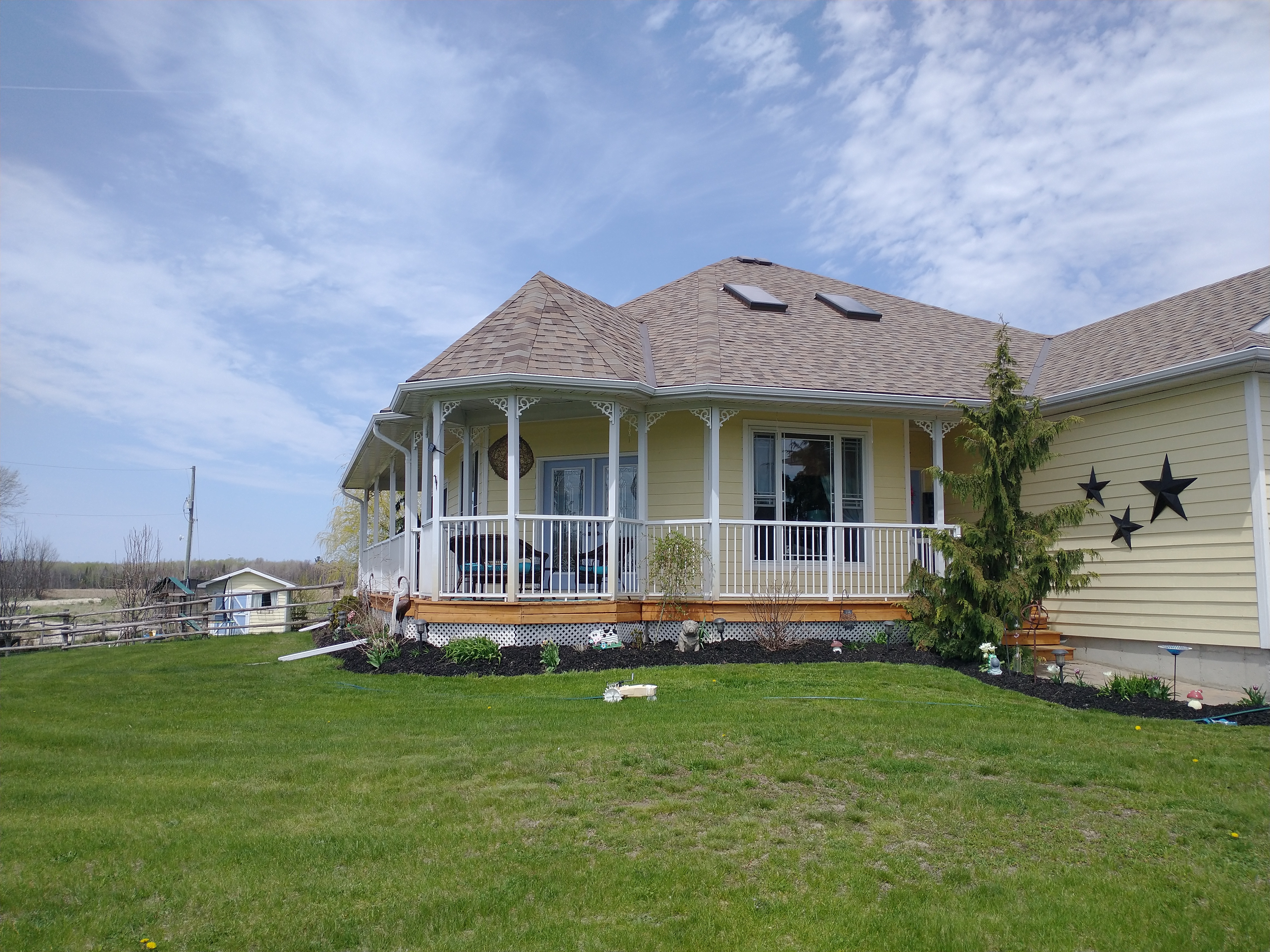
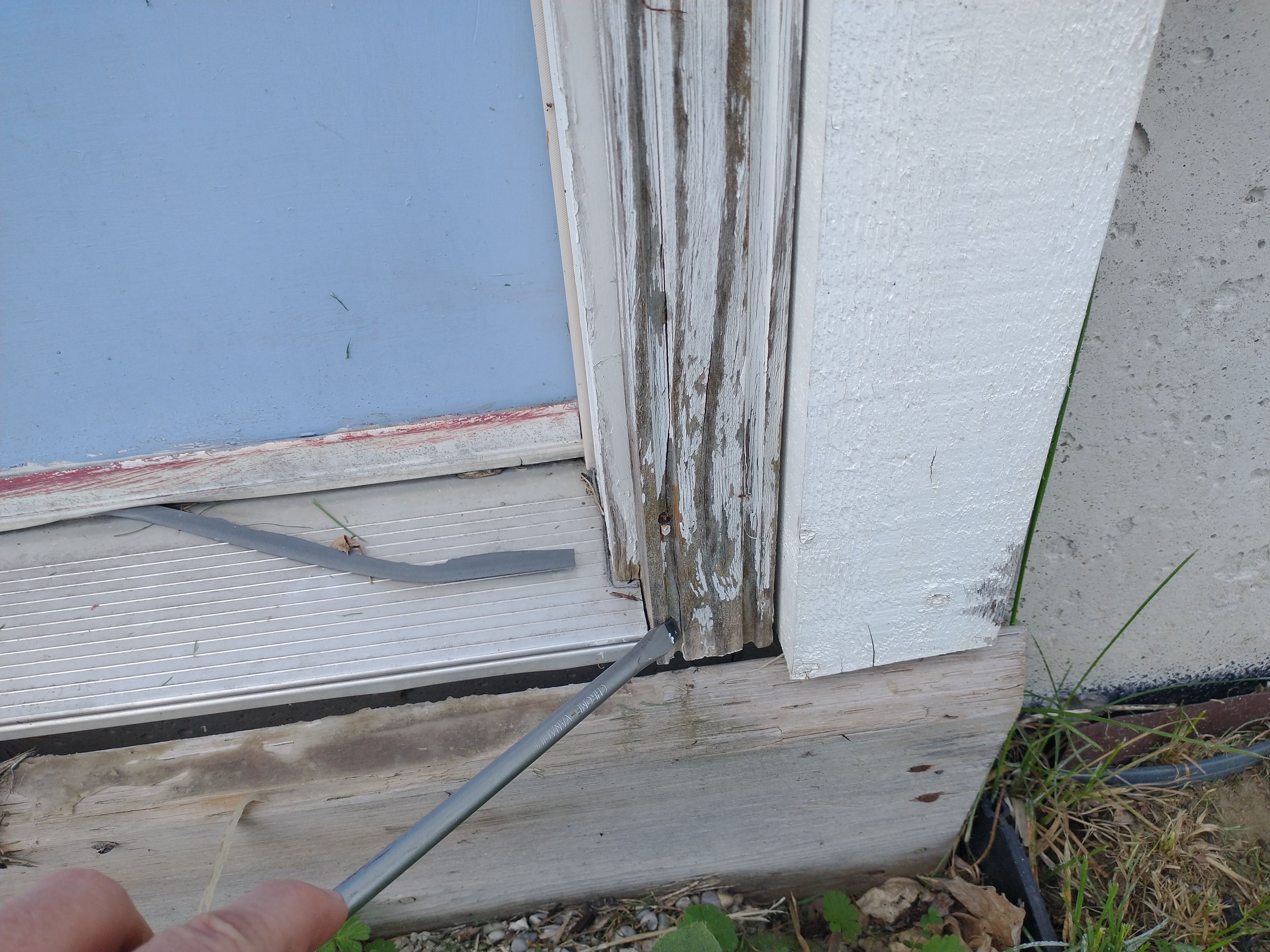
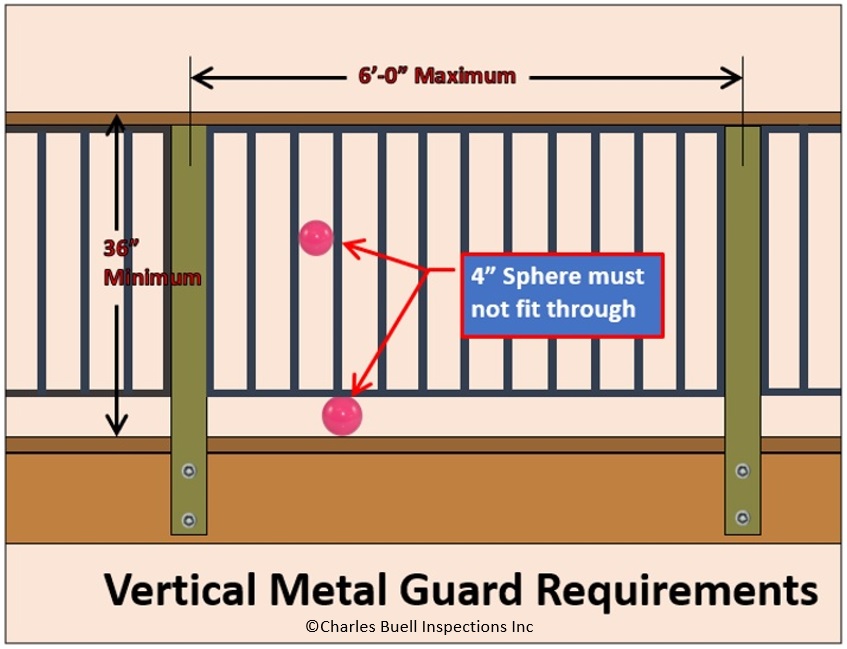
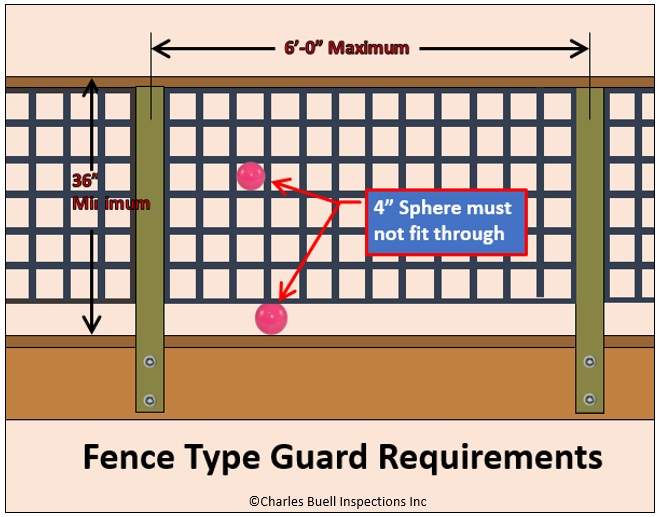
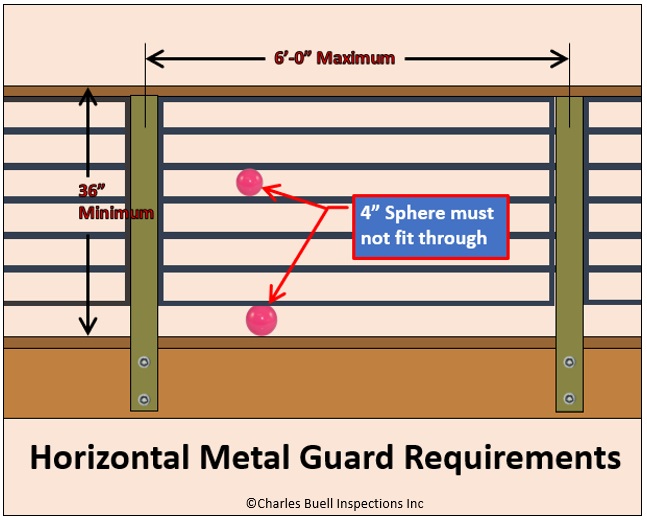

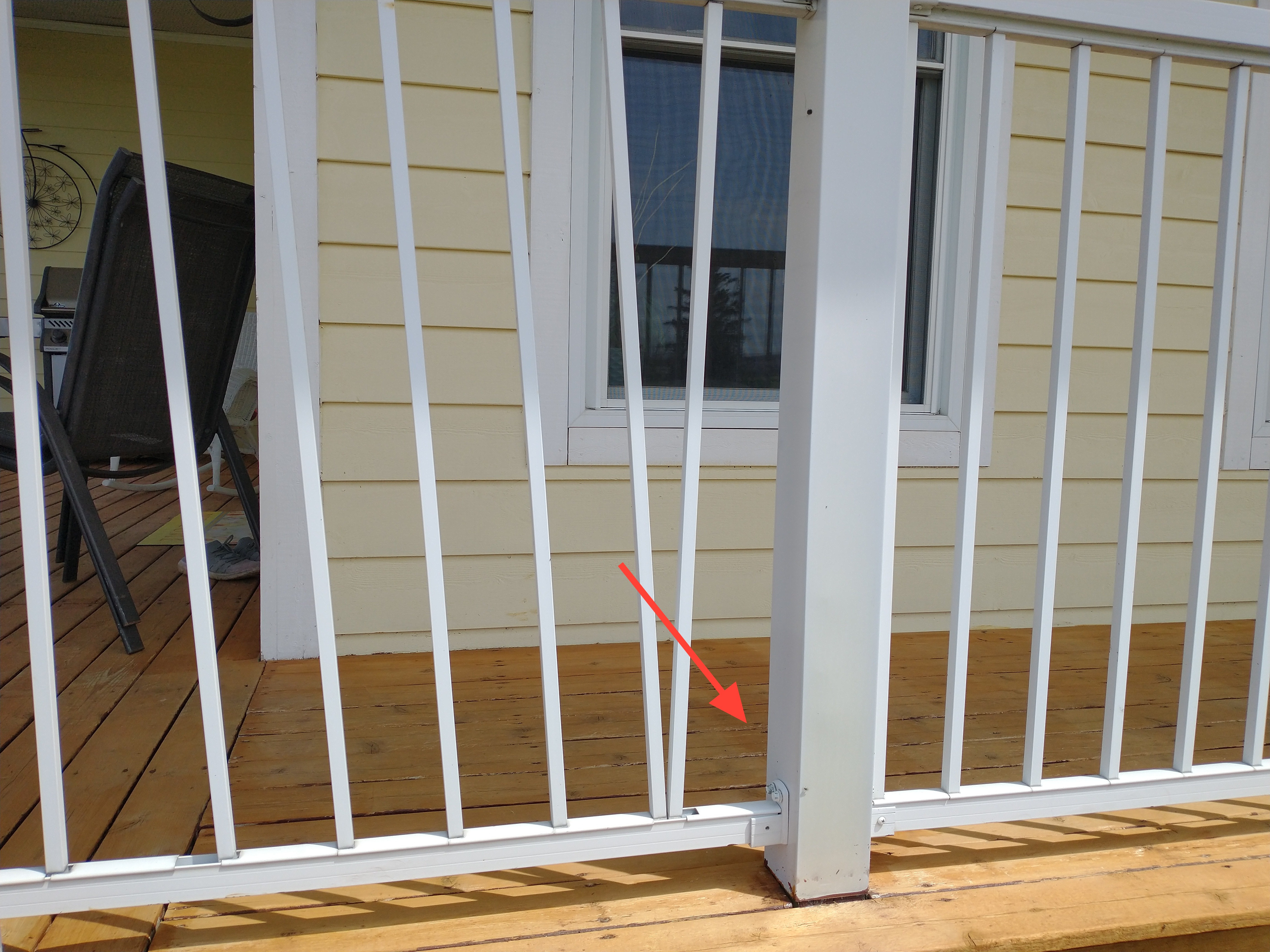
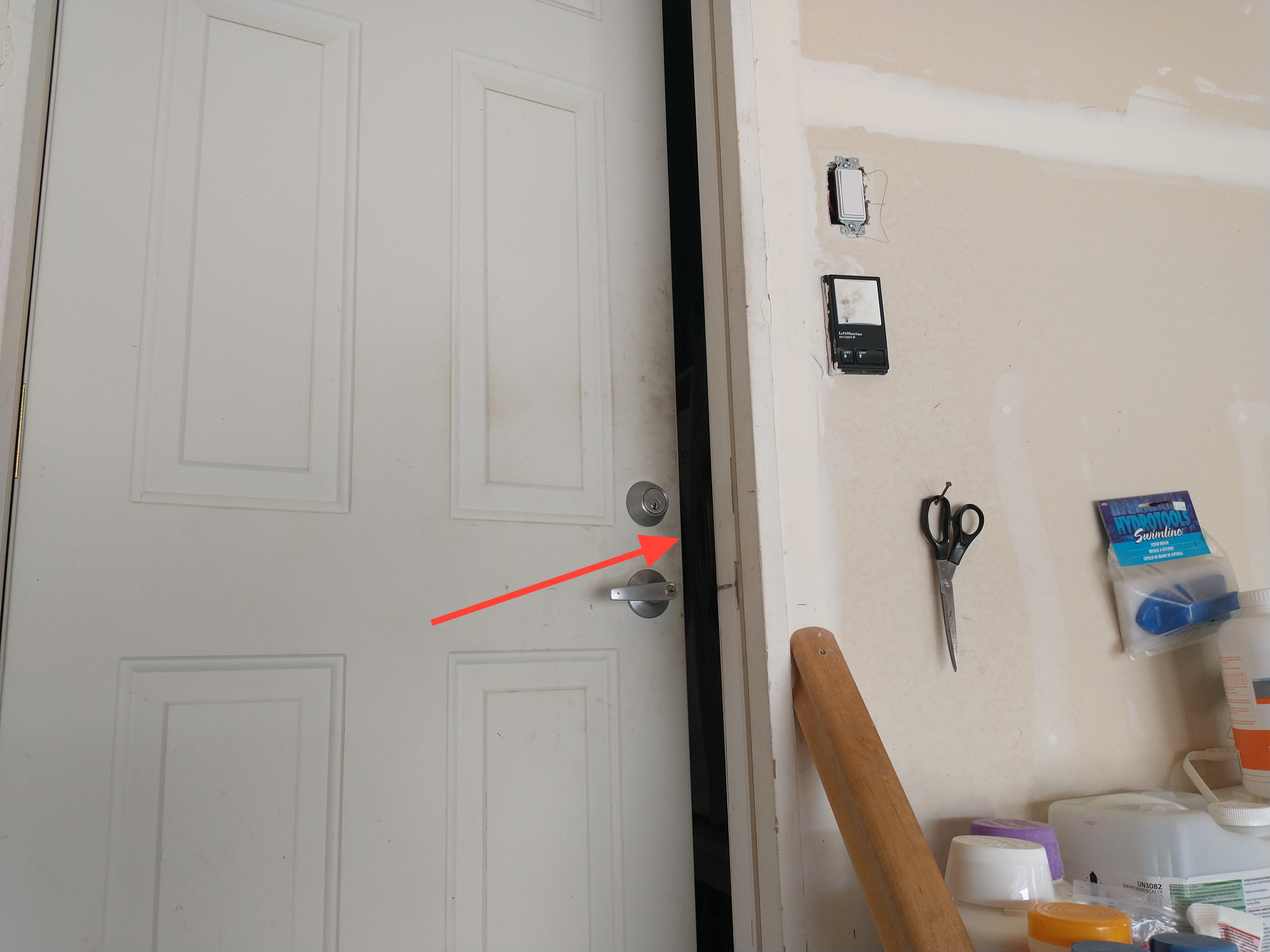
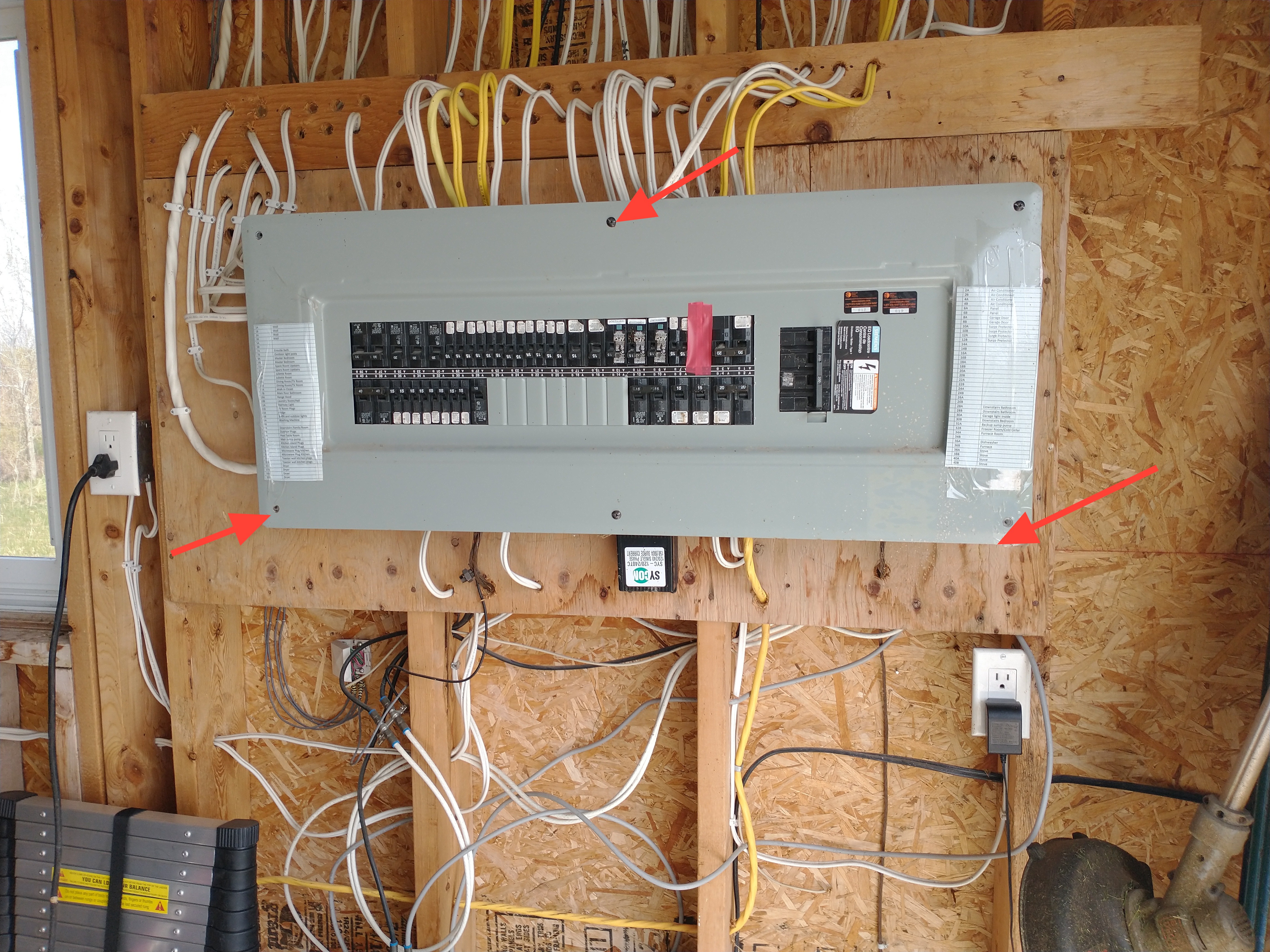
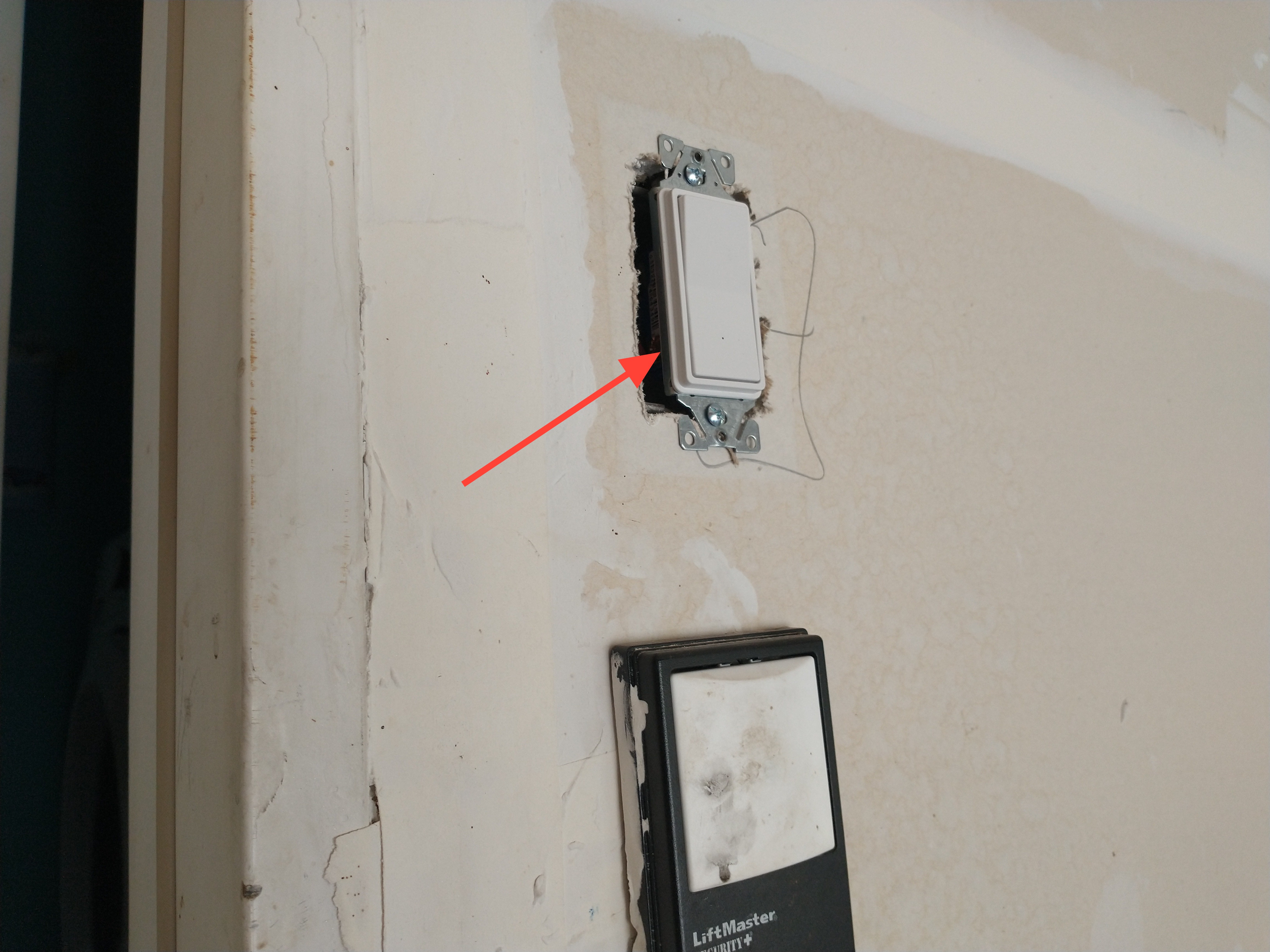
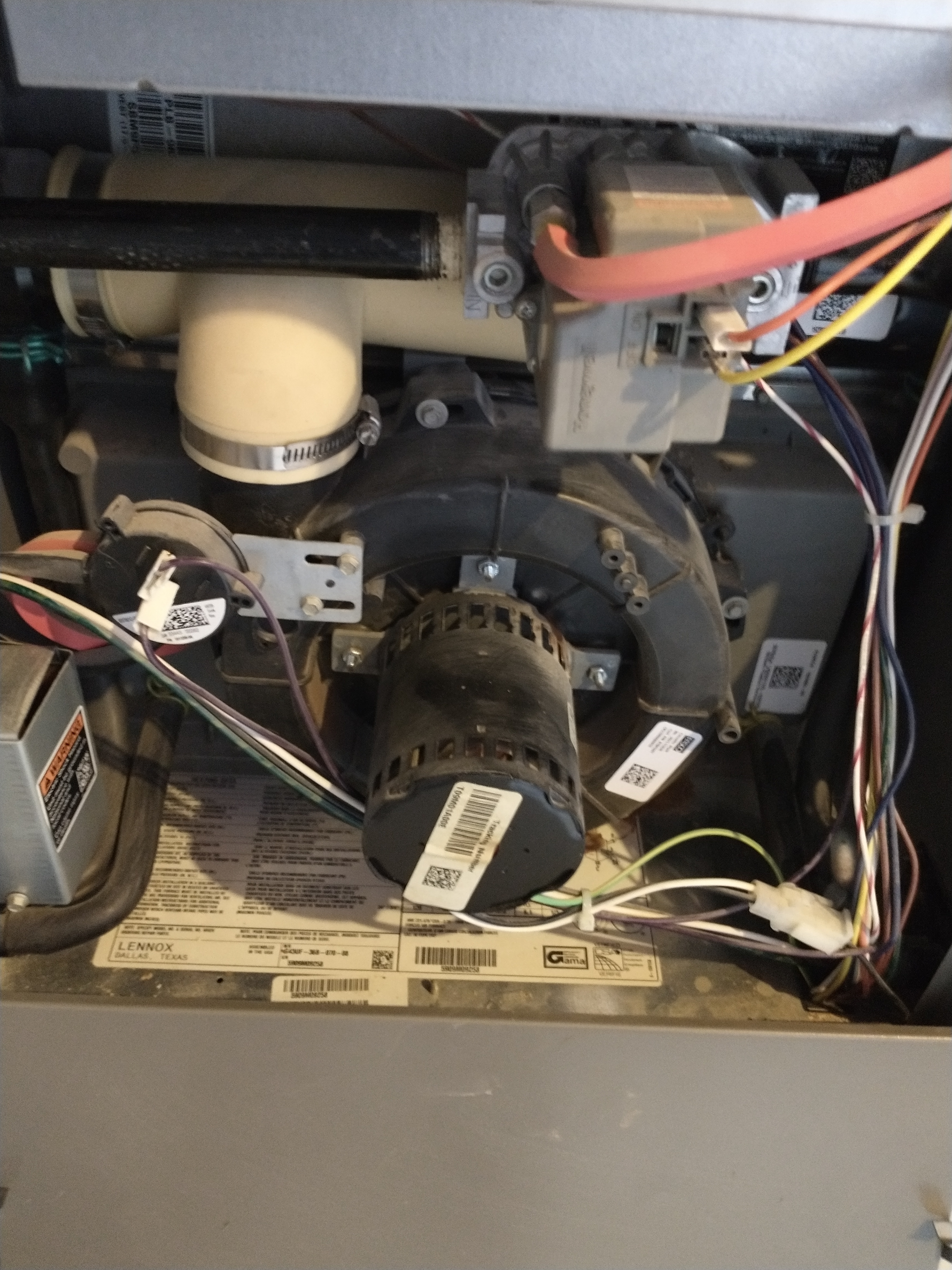
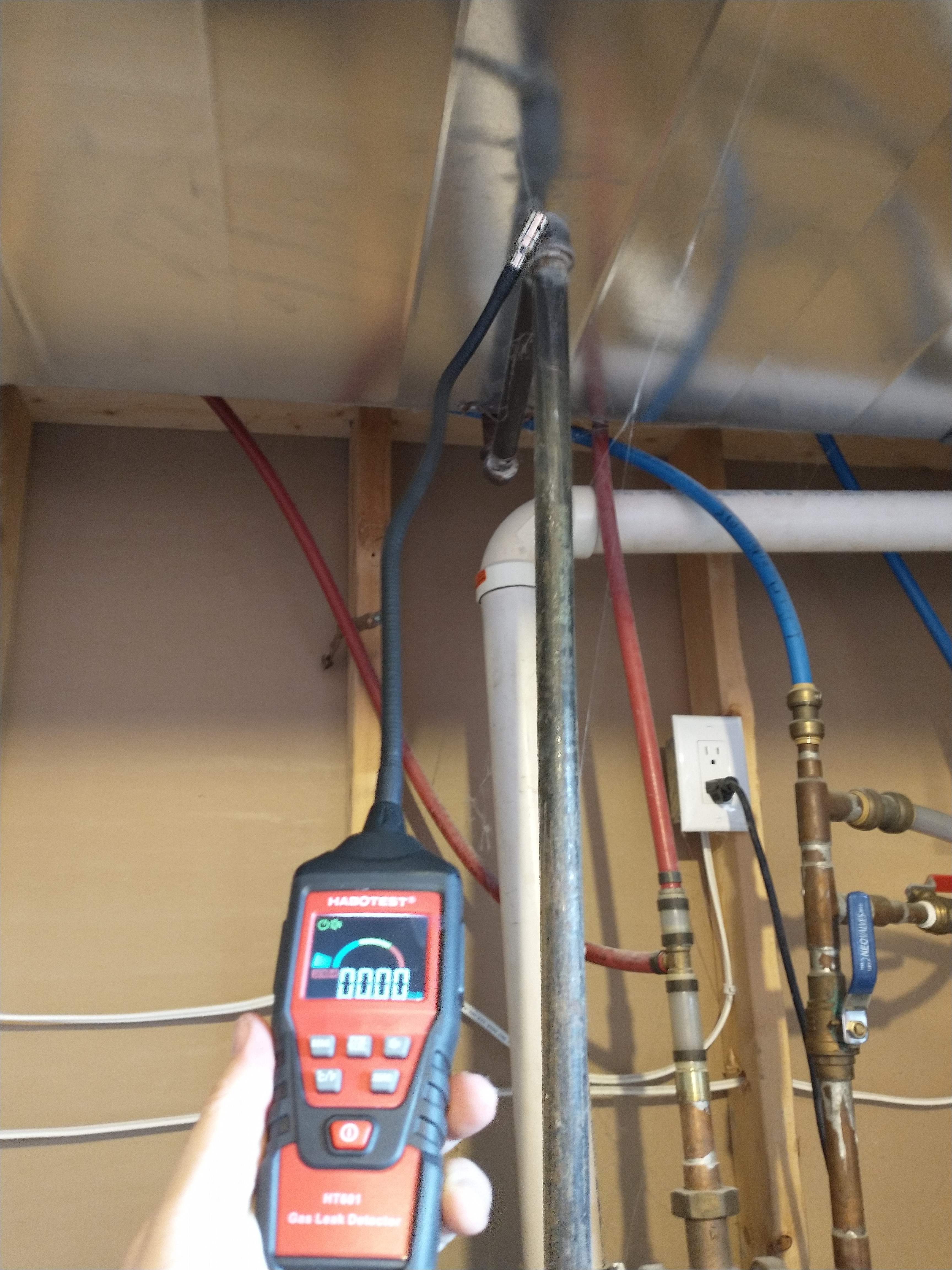
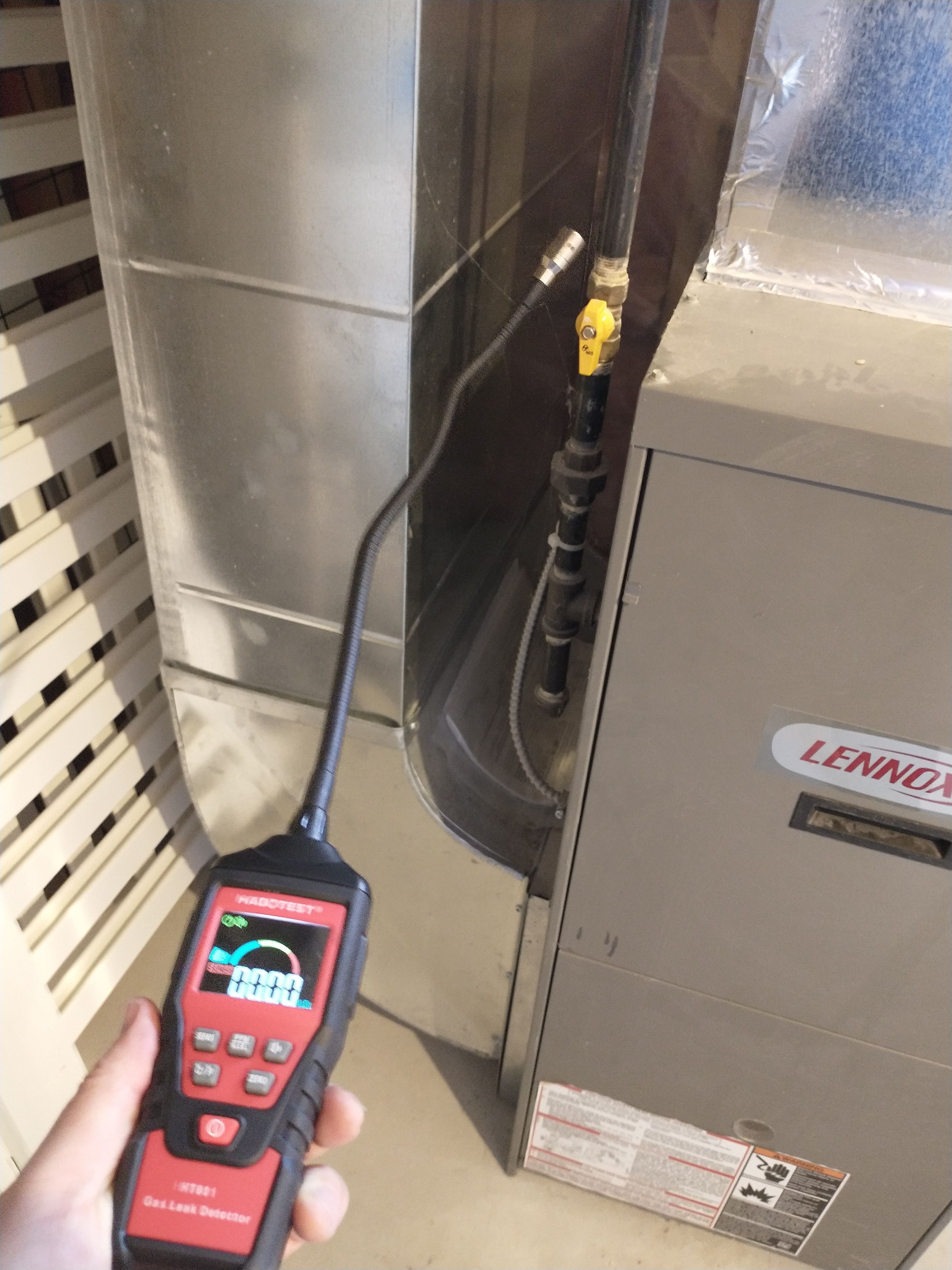

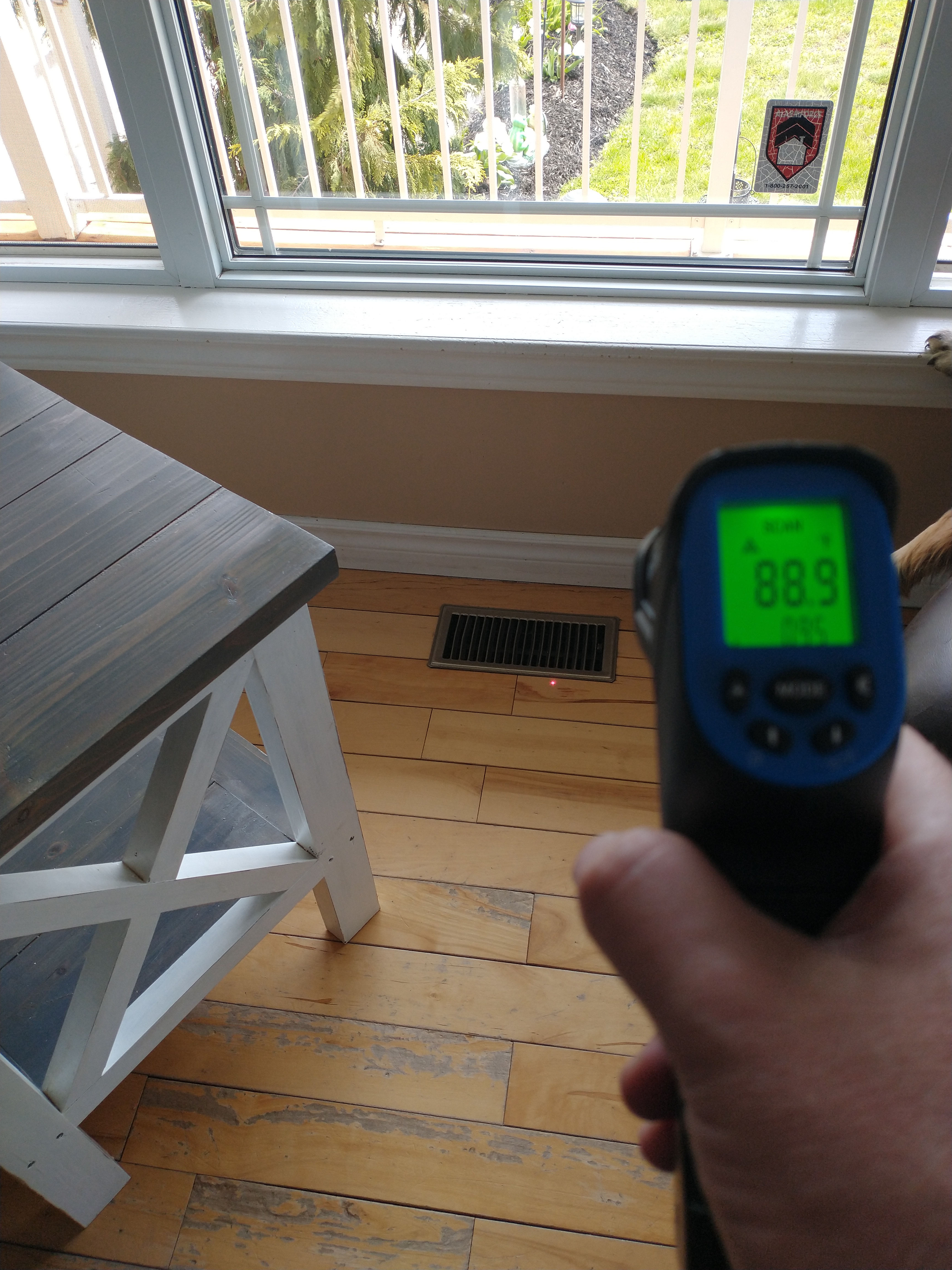
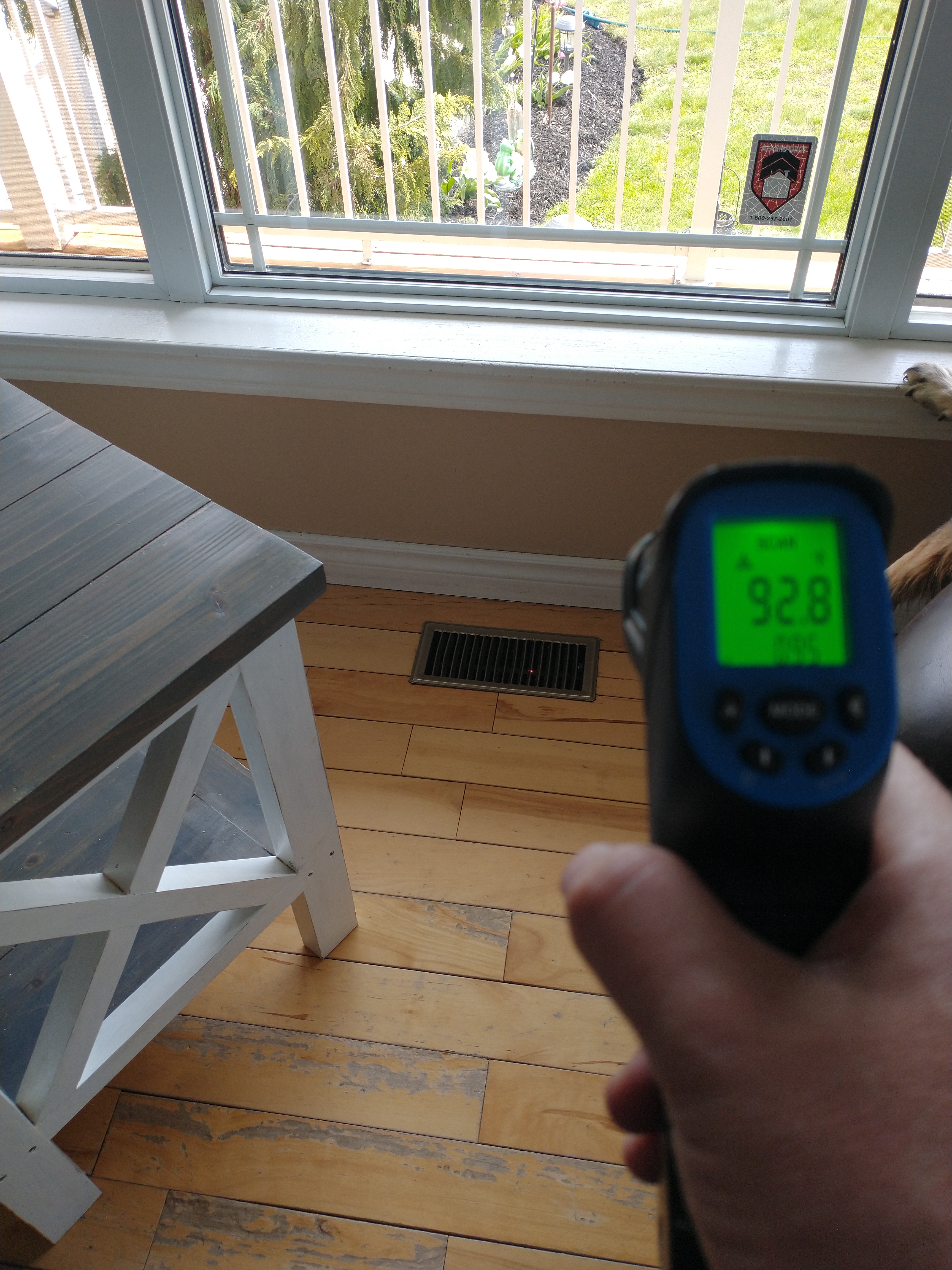
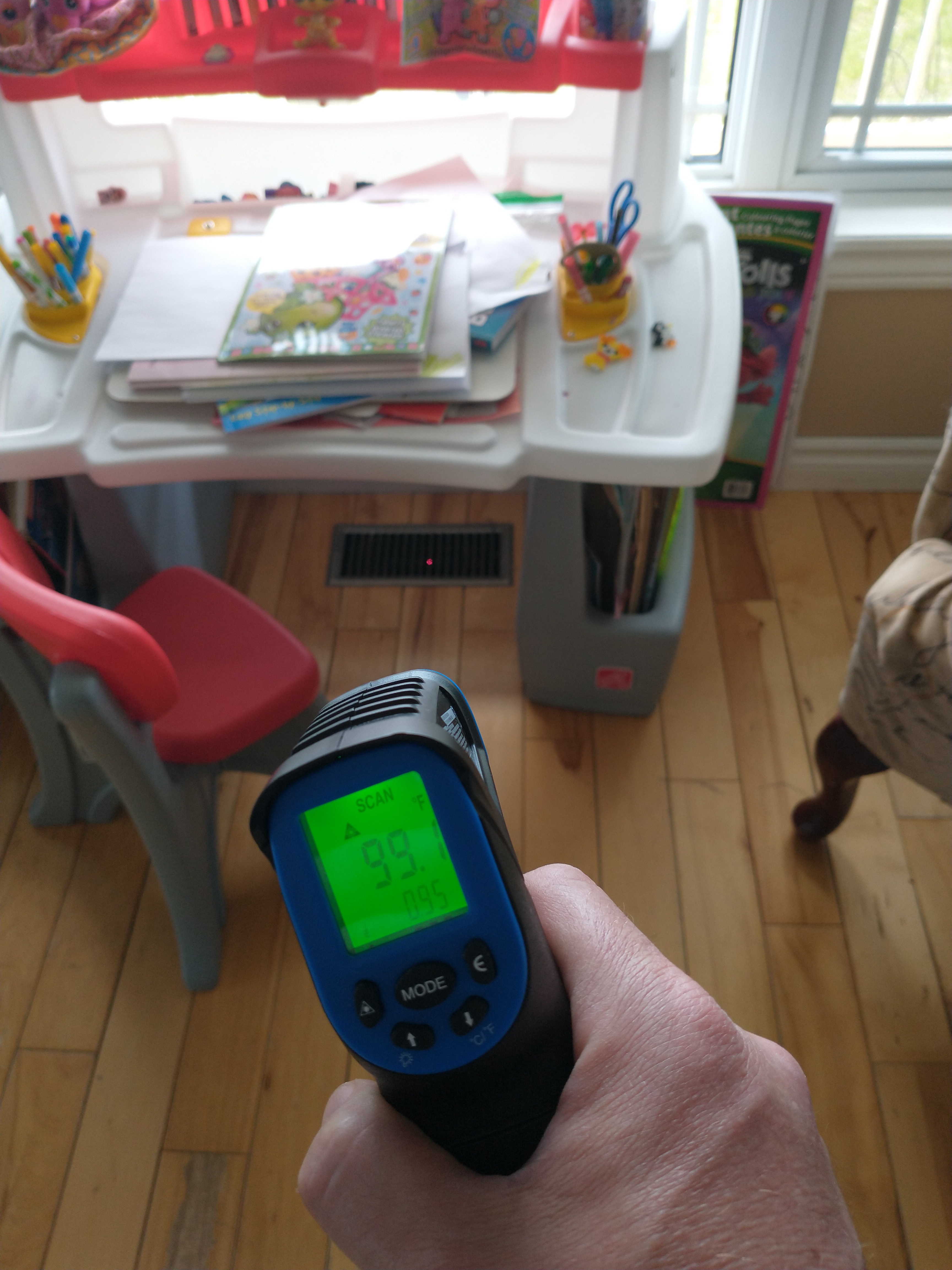
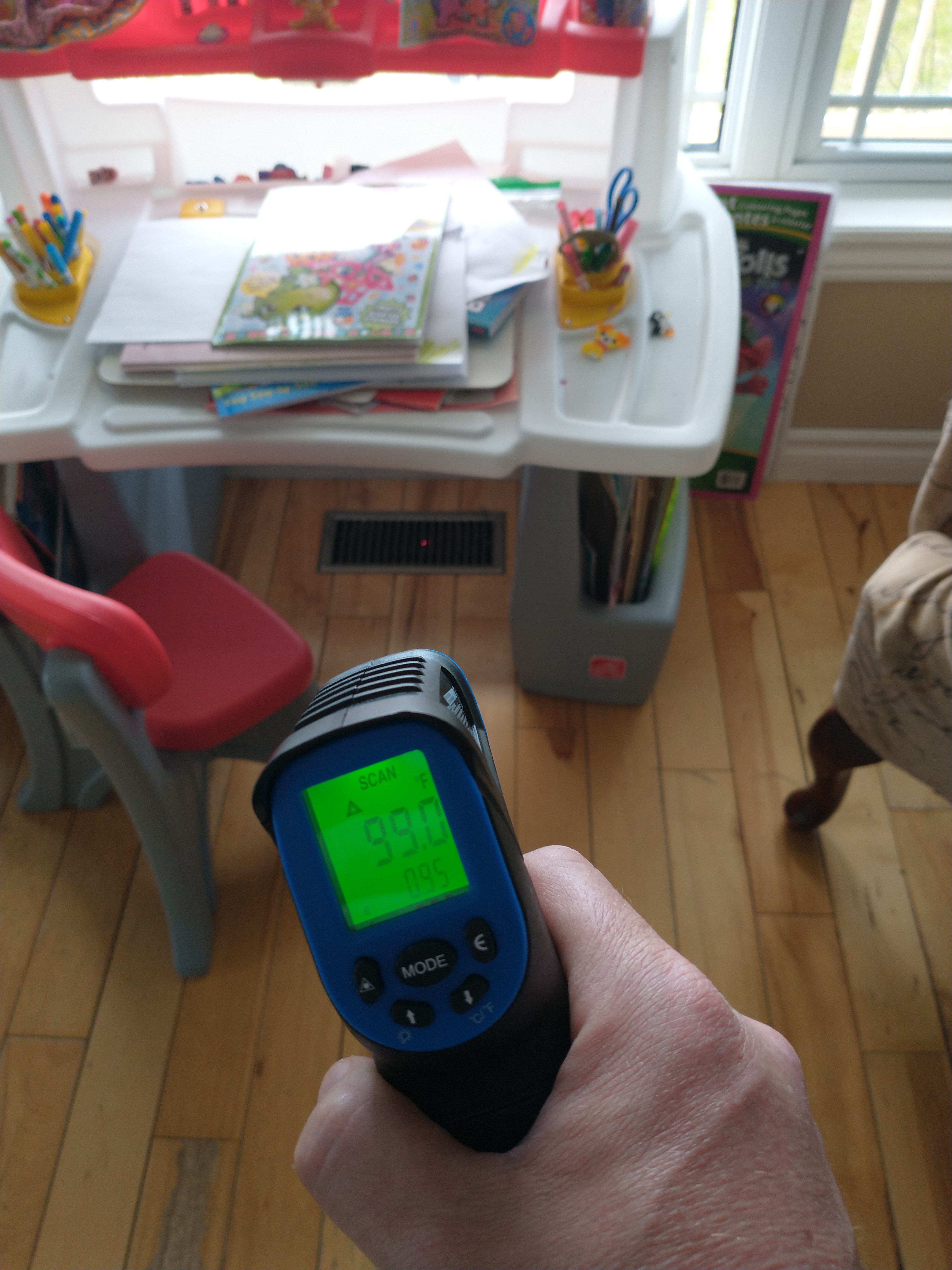
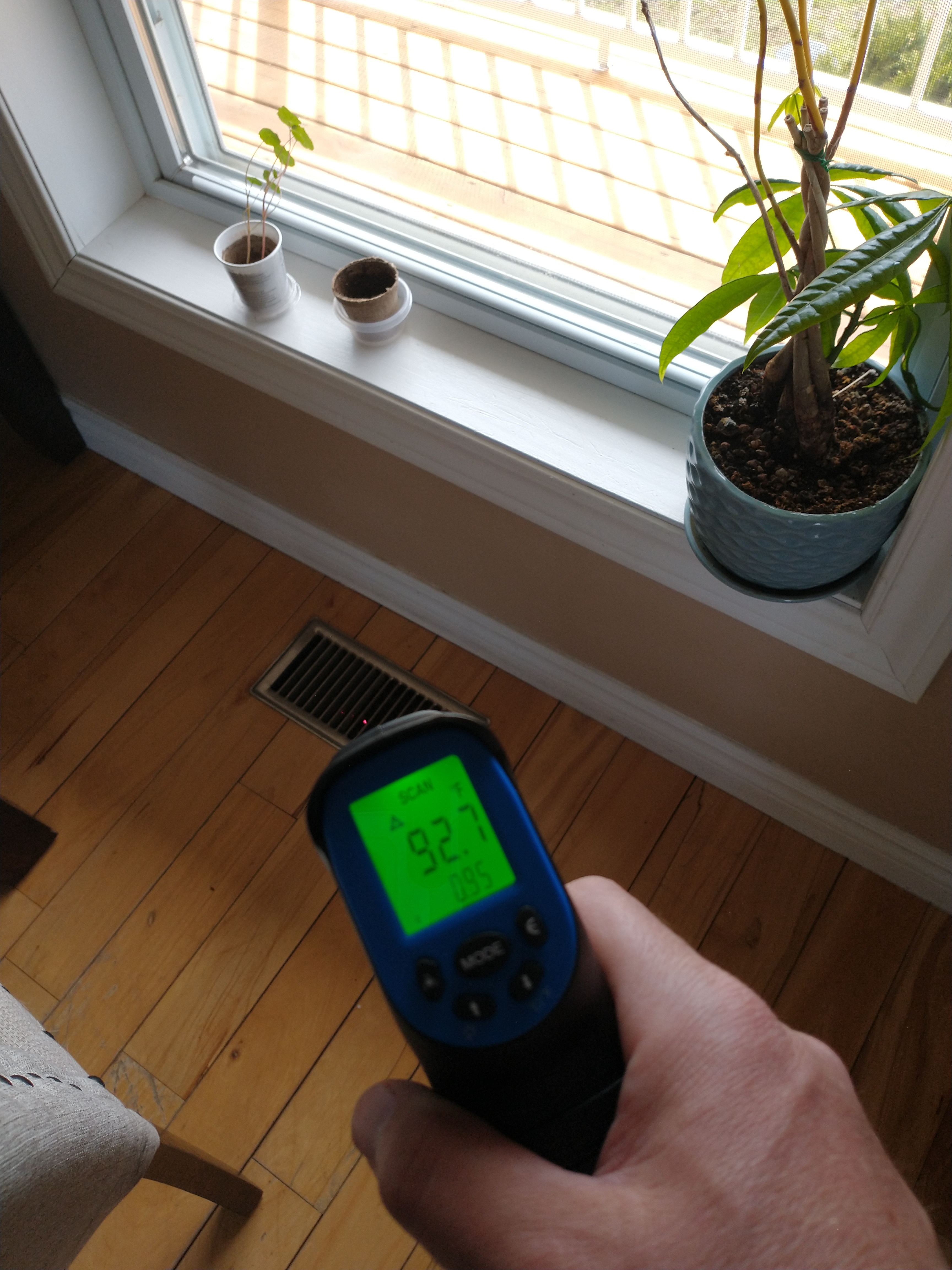
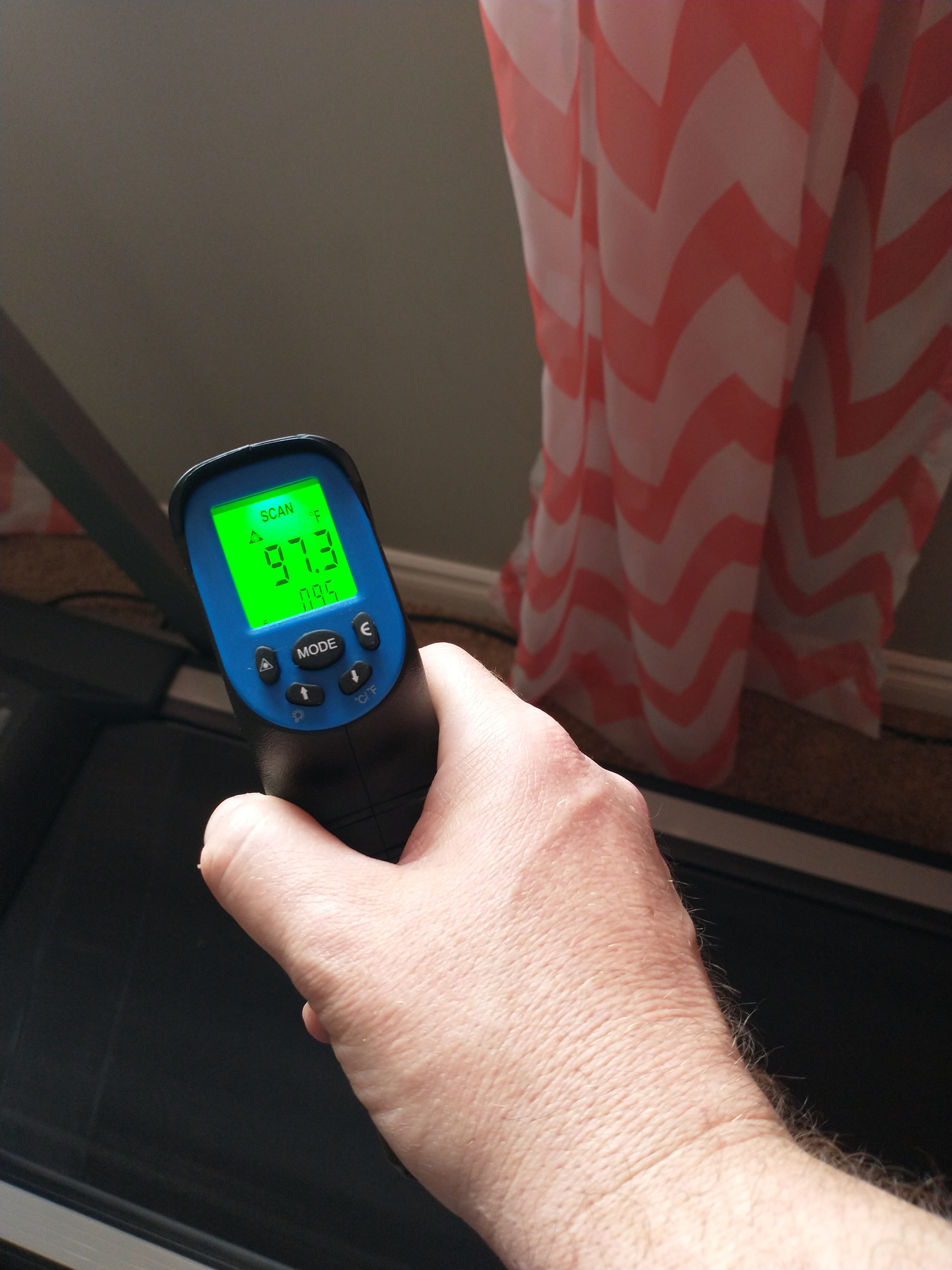
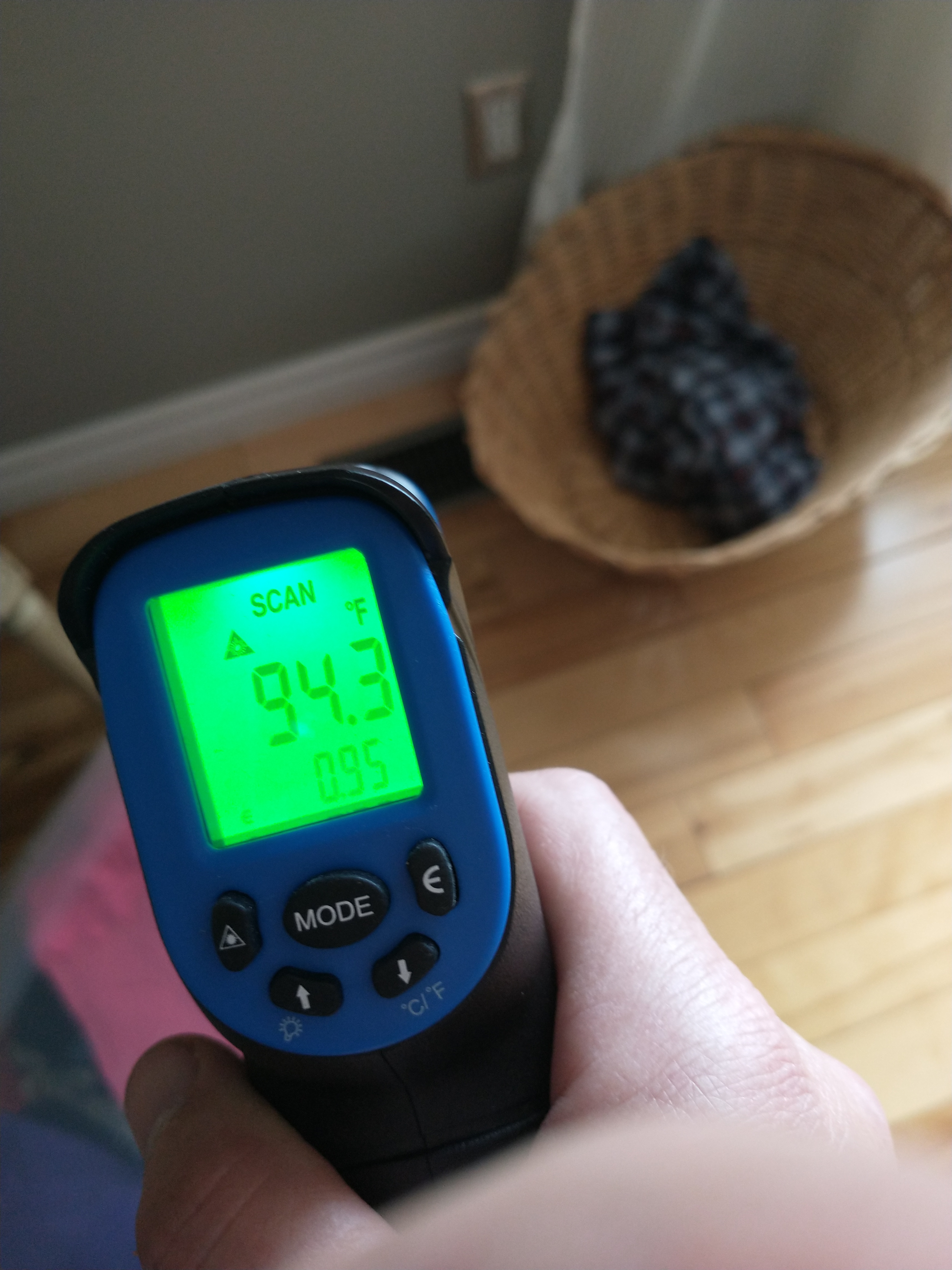
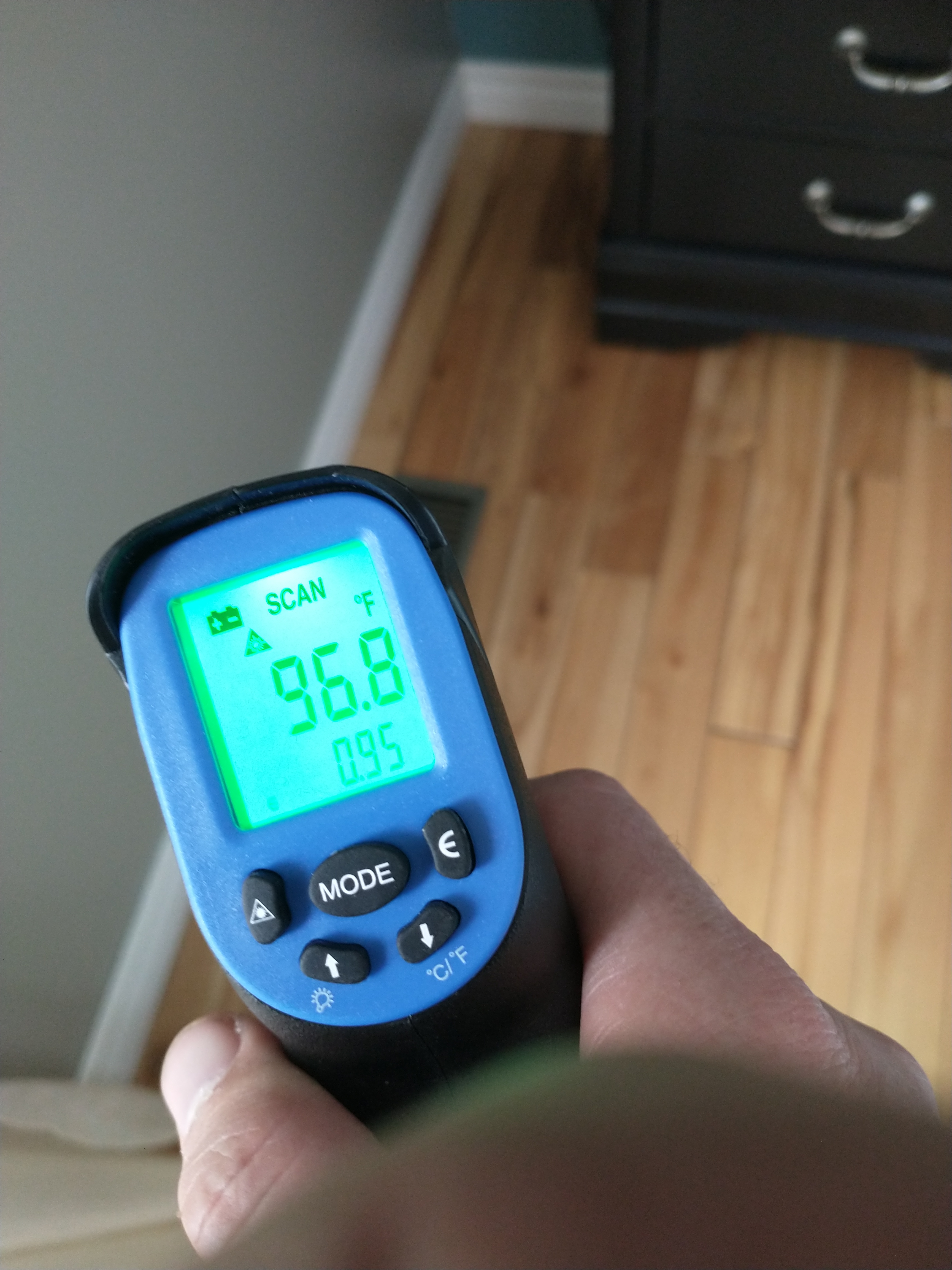
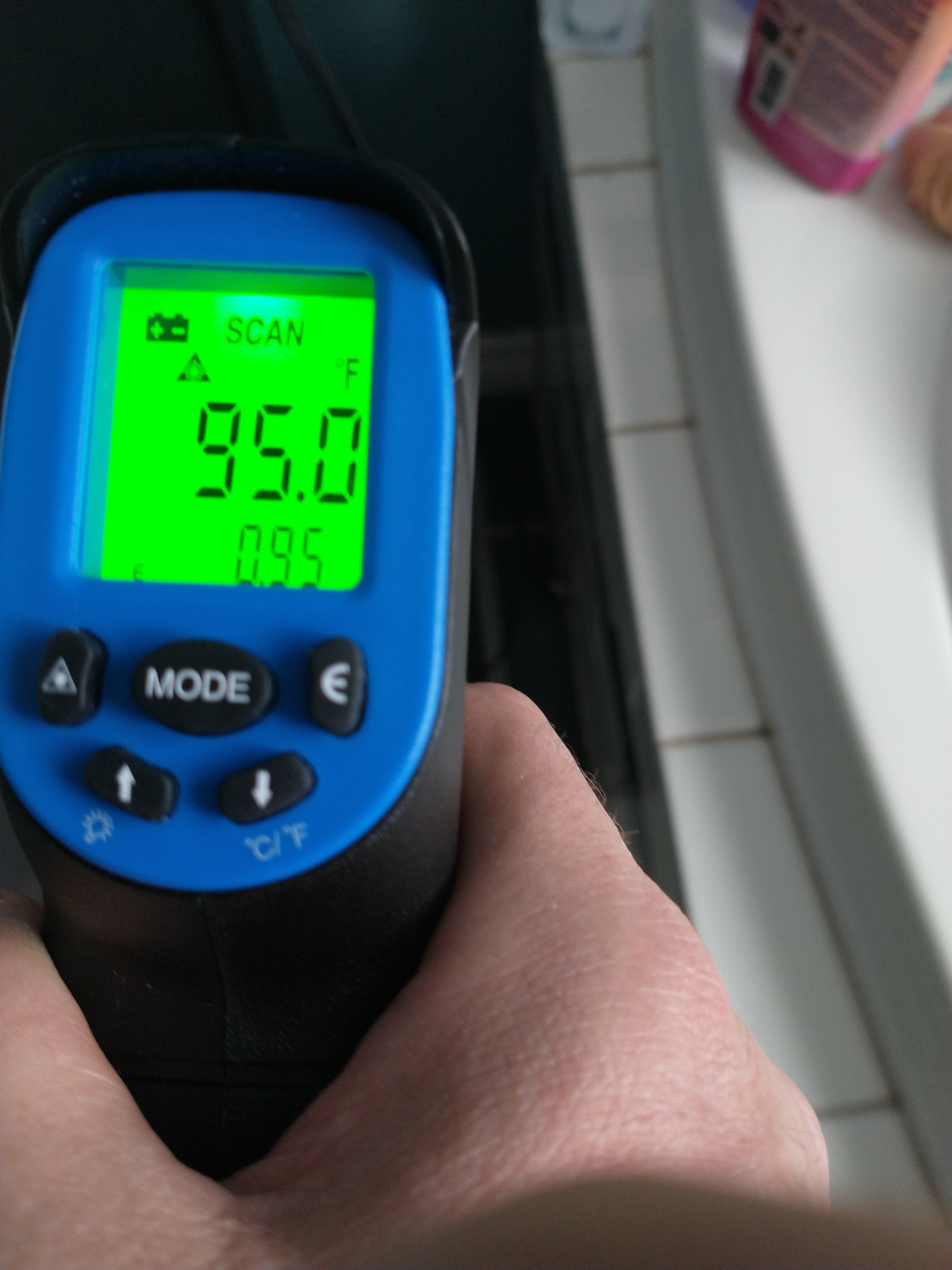
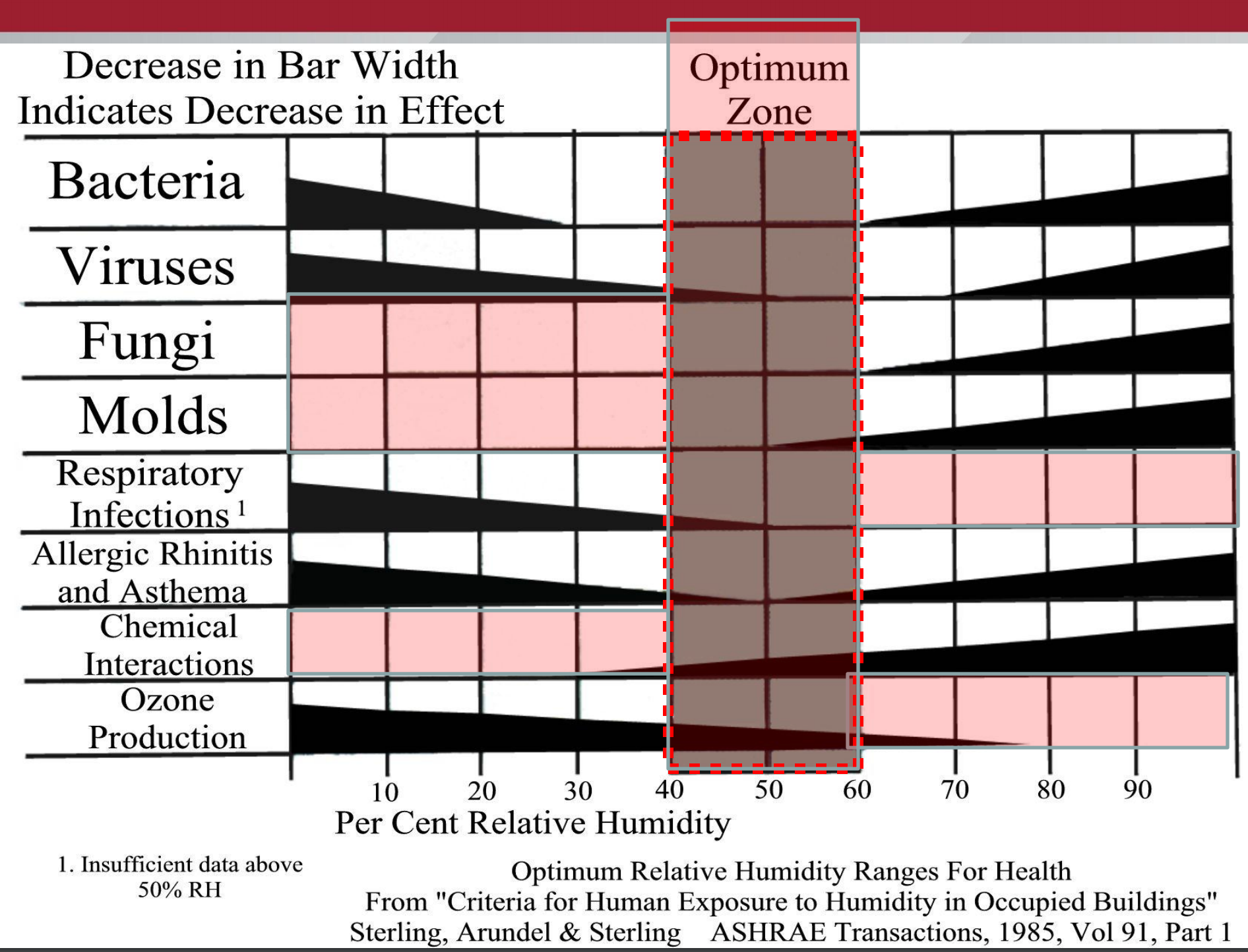
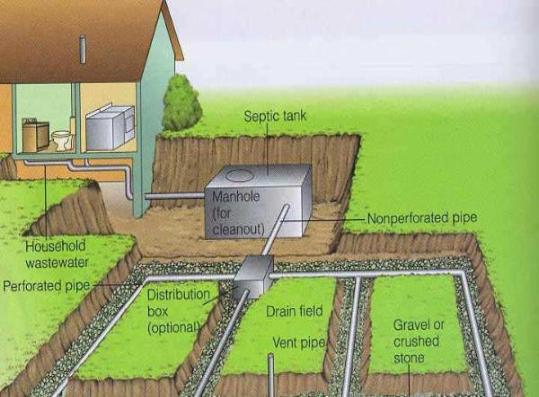
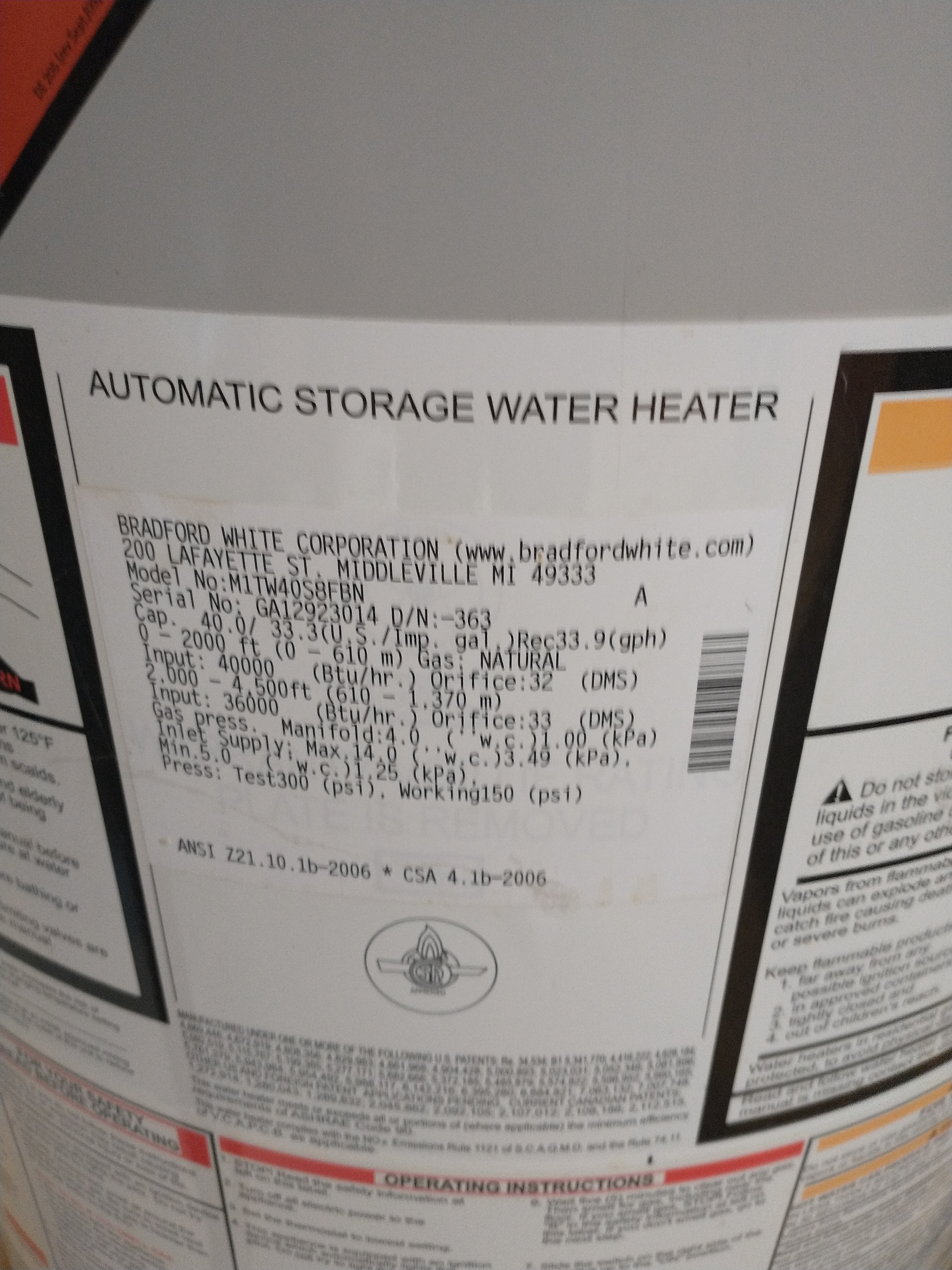
 (1) (1).jpg)




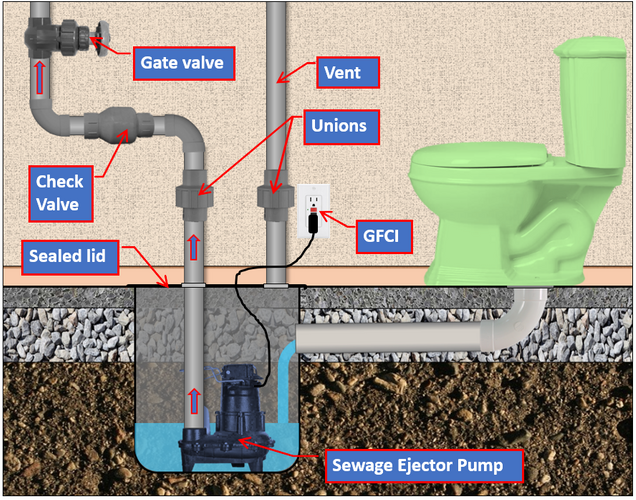
.jpg)
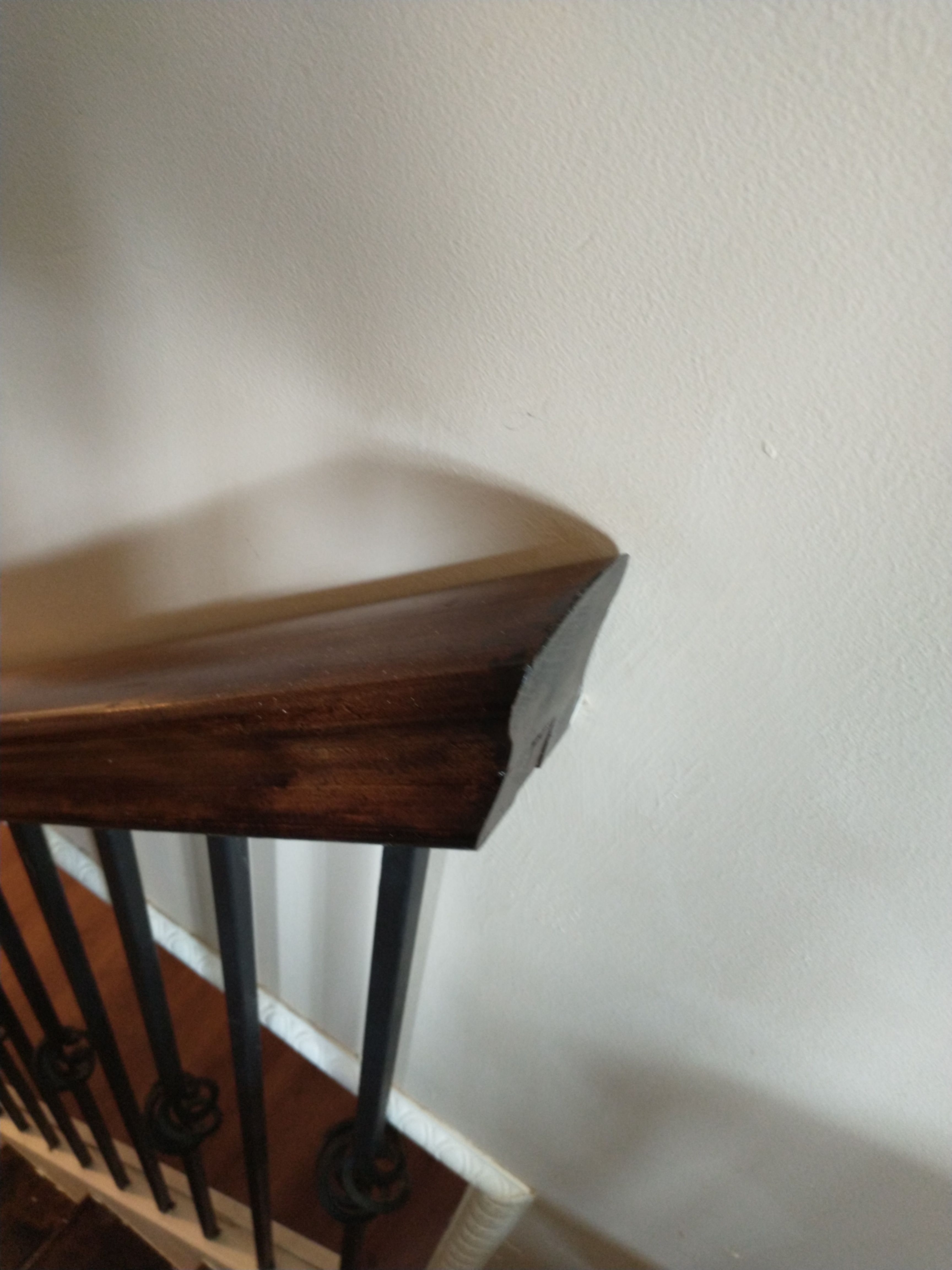
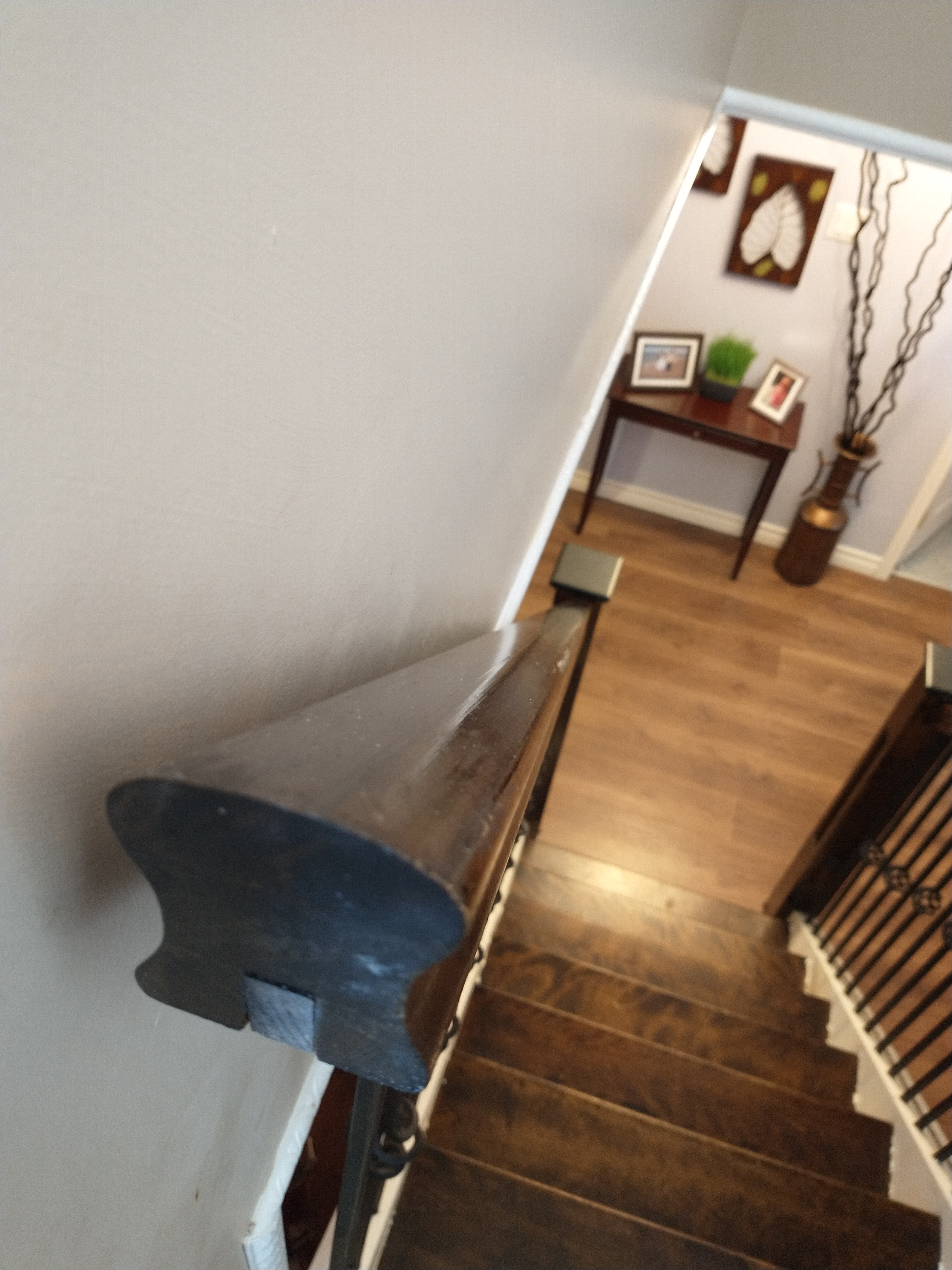


.jpg)
.jpg)




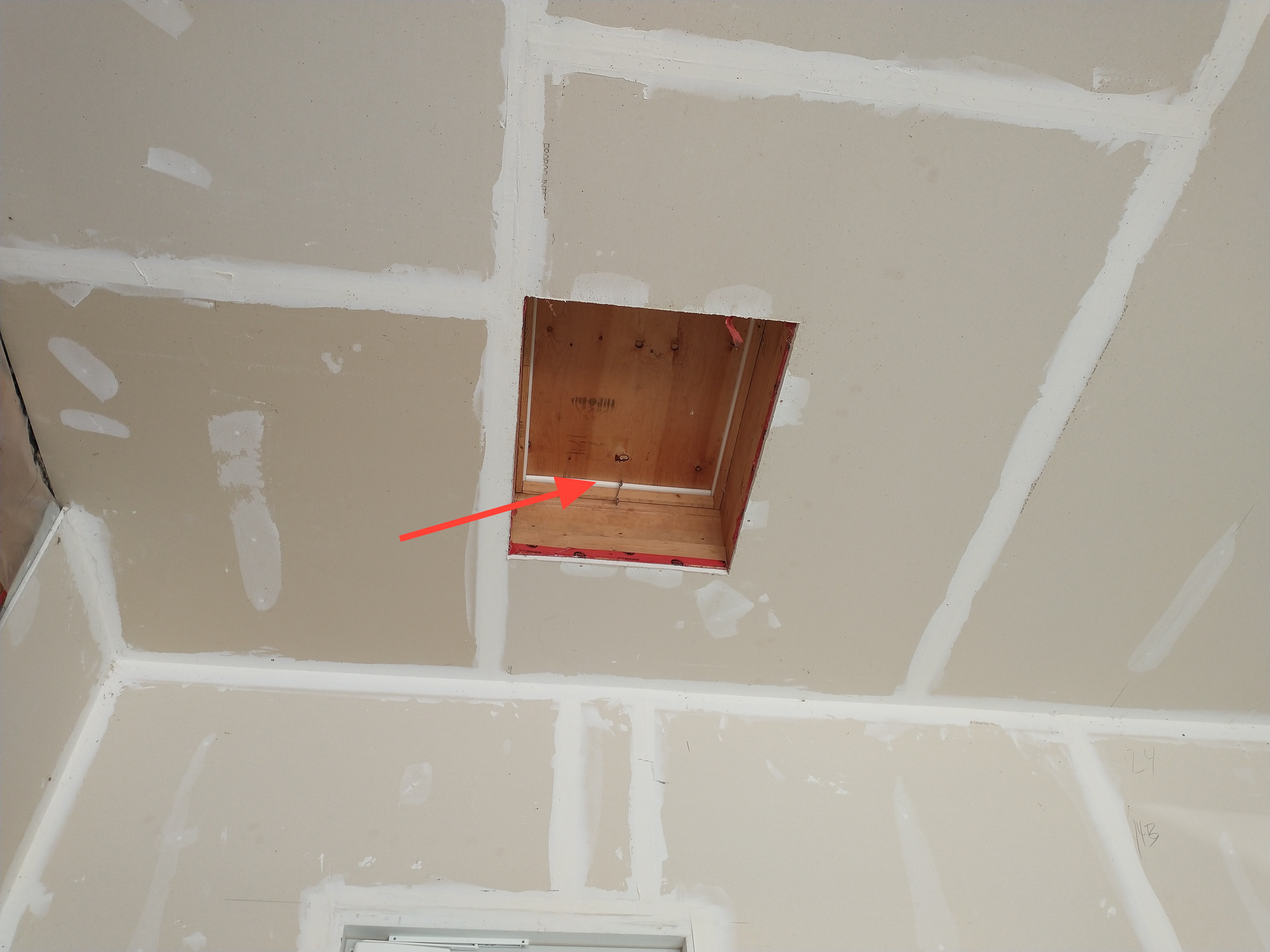
.jpg)